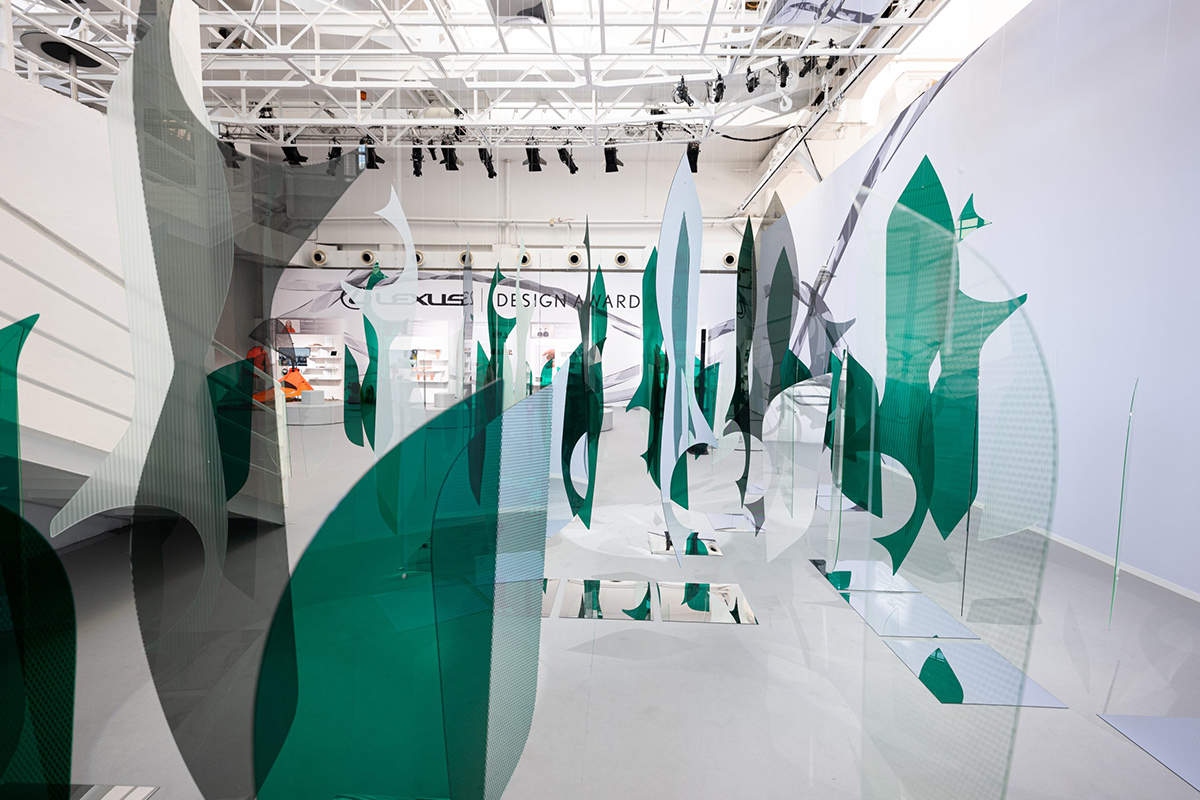
Lexus Design Awards 2023 was presented in the Tortona district during Milan Design Week
Against the backdrop of the vibrant and bustling Milan Design Week, Lexus presented the four winners of their coveted annual Design Award, now in its 11th iteration. Trudy Ross visited Milan’s Superstudio Più to find out more
I was an awe-struck first-timer at Salone del Mobile this year, the world’s most prestigious and well-attended design fair. The city was brimming with life, with throngs of fashionably dressed professionals walking over clean, sunbaked streets, the city’s many restaurants and cafes full of old industry friends reuniting and the chatter of business meetings over fine wine. On every corner you were met with an eye-catching new installation, ready to become the venue for yet another glamorous party by the evening.
Follow LUX on Instagram: luxthemagazine
The Lexus Design Awards, presented in the Tortona district, was the perfect introduction to Salone, embodying the fair’s guiding principles of creativity, beauty, innovation, sustainability, and a focus on the potential of young designers. The competition was launched in 2013 by Lexus to give a platform to the next generation of designers. Displayed in the bright and airy Superstudio Più, the winning designs were accompanied by architect and artist Suchi Reddy’s immersive 3D collage, Shaped by Air, inspired by the Lexus Electrified Sport.
Reddy told LUX, “It all started from a drawing. I started finding these shapes that were very beautiful – I thought that if Matisse had designed a car, this would be the car…because we were inside, I had the opportunity to really play with reflection, and create this idea of a forest; you can see how the light dapples, creating shadows and unexpected things. There’s a richness to walking in a forest because you never know what shapes to expect – everything fits but it’s always different.”
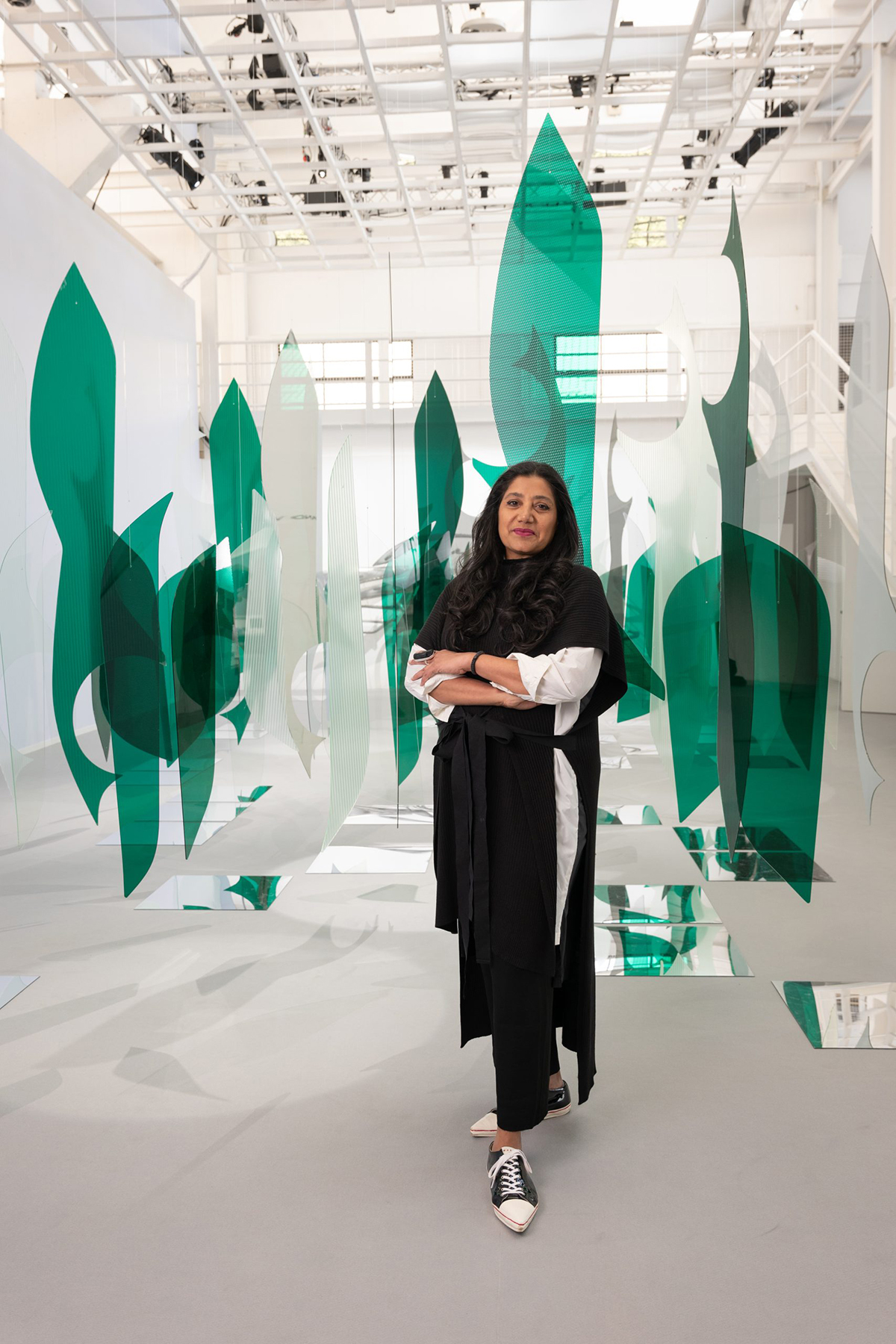
Suchi Reddy with her installation, ‘Shaped by Air’
Her installation of glass and movement was the perfect intermingling of beauty, technology, and nature to reflect the winning designs, which used technology to look to the future and to create elegance, but also prioritised purpose, practicality and the natural world. While there is usually only one winner, this year the award was expanded to comprise four winners, all of whom were given an opportunity to work with Lexus’ handpicked mentors, four leading figures from the design world: Marjan van Aubel, Joe Doucet, Yuri Suzuki, and Sumayya Vally. A public vote was then held to determine the People’s Choice winner, the design which most impressed and resonated with viewers.
Swedish designer Pavels Hedström was announced as the Your Choice winner for his innovative design, Fog-X, a high-impact hiking jacket that transforms into a tent/shelter – but its real ingenuity is not shapeshifting. The device can catch fog, even in the most arid areas of the desert, and transform it into up to 10 litres a day of drinking water. Hedström told LUX that he has always been interested in solving the big global challenges. When it came to drinking water, he was inspired by plants and animal species which can survive in the Atacama desert. He found that one of the ways they do this is by catching fog, saying his design is “basically the same principle”.
Read more: Photo London’s Fariba Farshad on Fotografìa Maroma
While the jacket itself might not currently be affordable for many of the people living in desert communities with a lack of water, he championed the Fog-X app made alongside the jacket, which anyone can use to determine and track the areas with the most potential for moisture generation. He added, “privileged people like us take for granted that we have water on the tap. We need to rethink how we get these resources, because our relationship to nature is pretty imbalanced. If we use the jacket, I hope it will also change our mindsets and our appreciation of nature.”
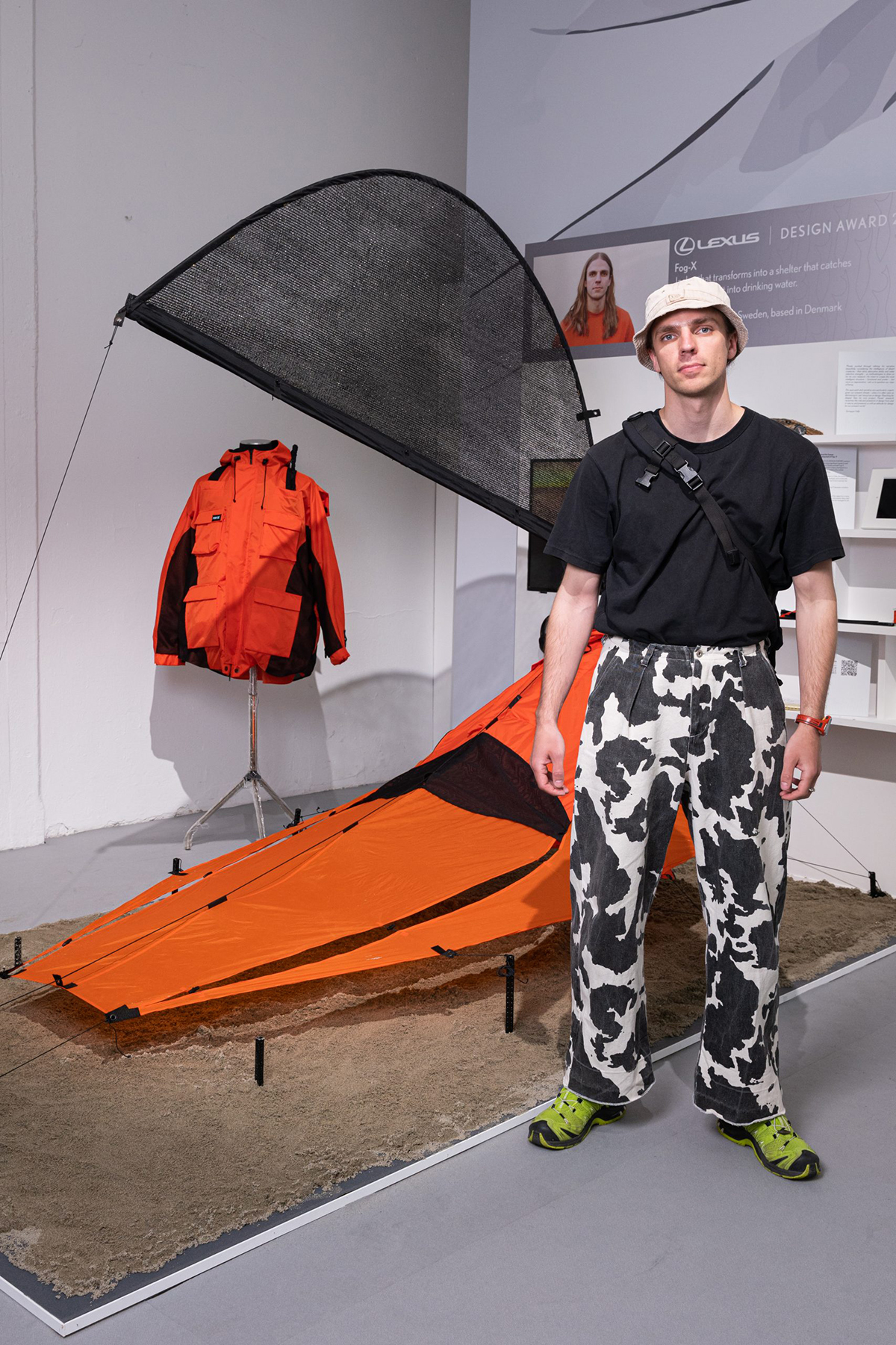
Pavels Hedström, the Your Choice winner for his innovative design, Fog-X
The other designers included Temporary Office, a duo made up of Vincent Lai and Douglas Lee, who unveiled 3D topographic puzzle Touch the Valley. Designed with the visually impaired in mind, the puzzle allows people to play and learn through touch rather than sight, with each piece carefully contoured and sculpted to engage tactual sensation. When assembled, the pieces can become a model of a major mountain range or famous landmark. Beyond a tool for the visually impaired, the product can be enjoyed by all and double as an elegant coffee table piece with an interesting story to tell. Perfect for the explorer traveller who doesn’t just want to go to Yosemite, but wants to hold it in his hands.
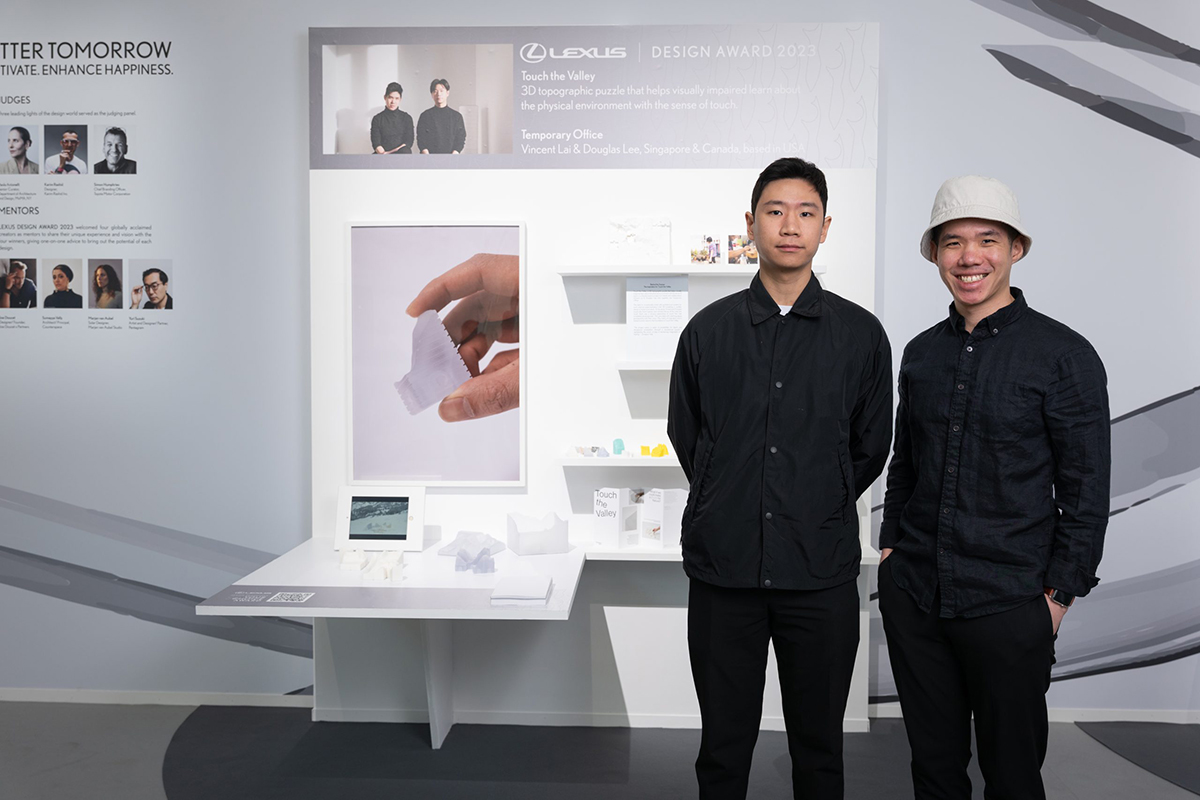
Vincent Lai and Douglas Lee, founders of Temporary Office
Jiaming Lui from China designed the Print Clay Humidifier, a 3D-printed humidifier made with recycled ceramic waste. This household appliance requires zero electricity or energy and is made from materials left over from industrial processes. Indeed, the product itself can be recycled at the end of its life after any damage or breakages to reform as it was initially. Lui looked to natural resources to replace the plastic, energy-using devices many of us have in our homes and created a stylish, effective and sustainable alternative.
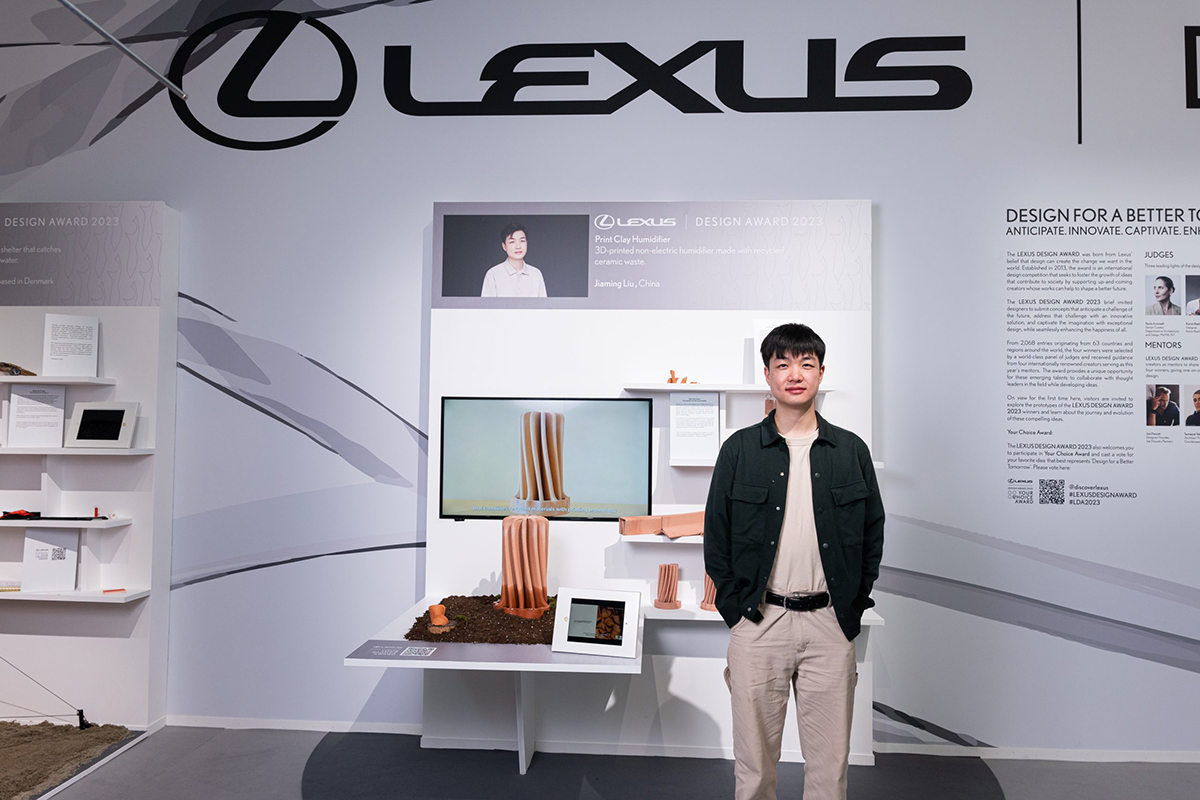
Jiaming Lui with his print clay humidifier design
Finally, and perhaps the most directly relevant to many of our own lives was Kyeongho Park and Yejin Heo’s Zero Bag, a new alternative to plastic packaging for food and clothes, made from seaweed. It looks like plastic, but rather than being an amalgamation of artificial chemicals, it actually fights them. The packaging dissolves in water and contains either a detergent for clothes, or a baking soda film which removes chemicals and pesticides from food. Kyeongho and Yejin, both currently students majoring in industrial design at Hanyang University’s ERICA campus, expressed hope for their idea to expand across regions and become adopted by major retailers.
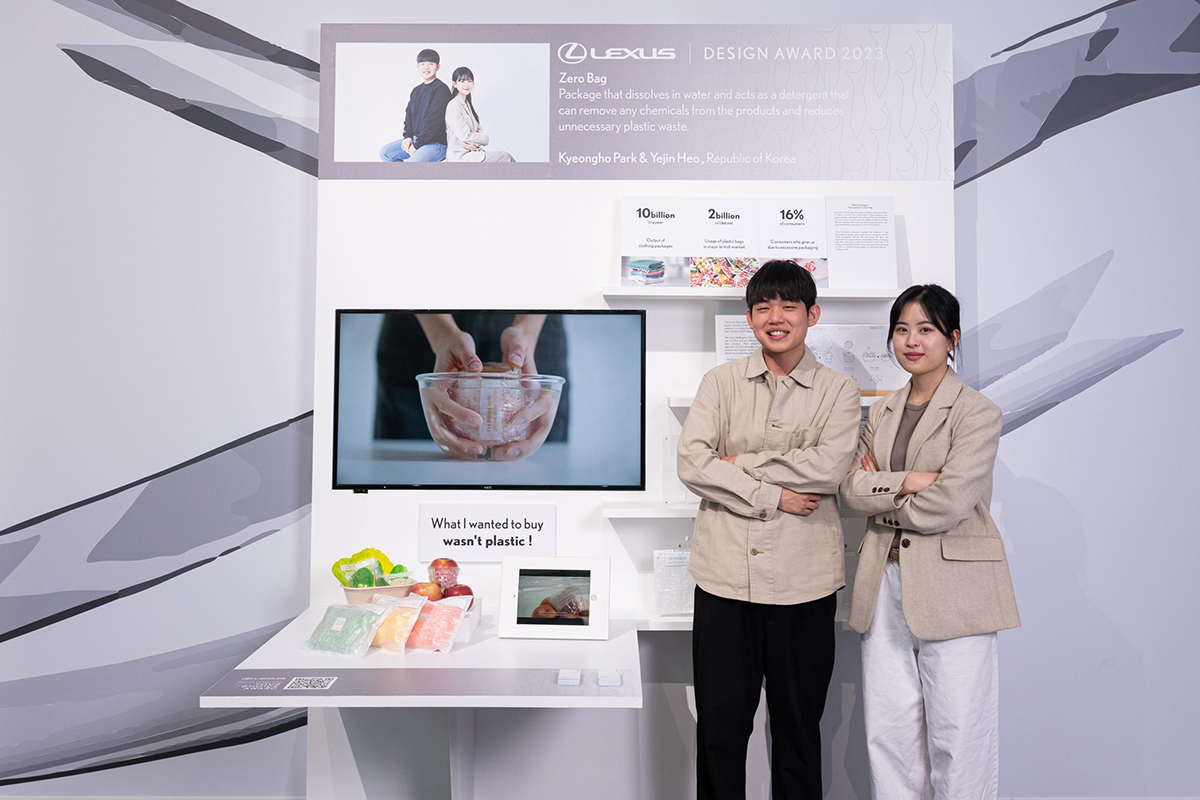
Kyeongho Park and Yejin Heo with their Zero Bag design
The theme for this year’s competition was ‘Design for a Better Tomorrow’. If these young designers are any indication of what tomorrow might look like, it seems the future will make space for both technology and for nature, cultivating the beauty of both.
Find out more: discoverlexus.com/lexus-design-award-2023



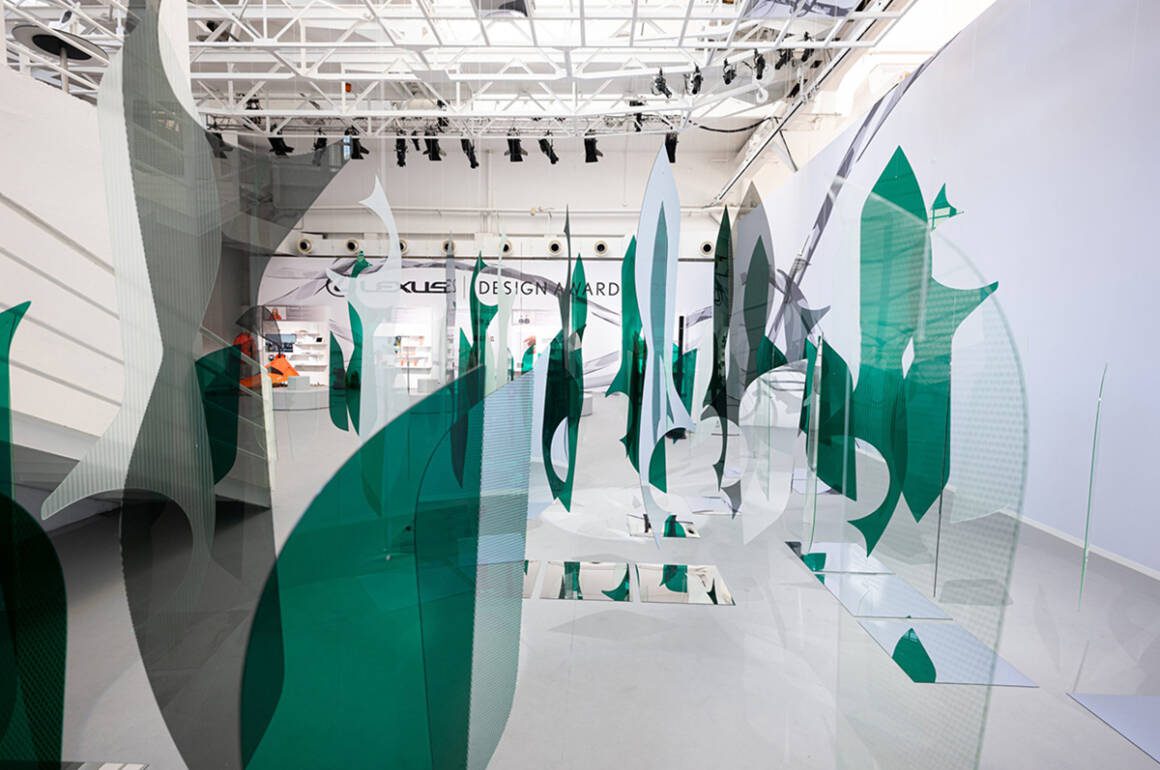
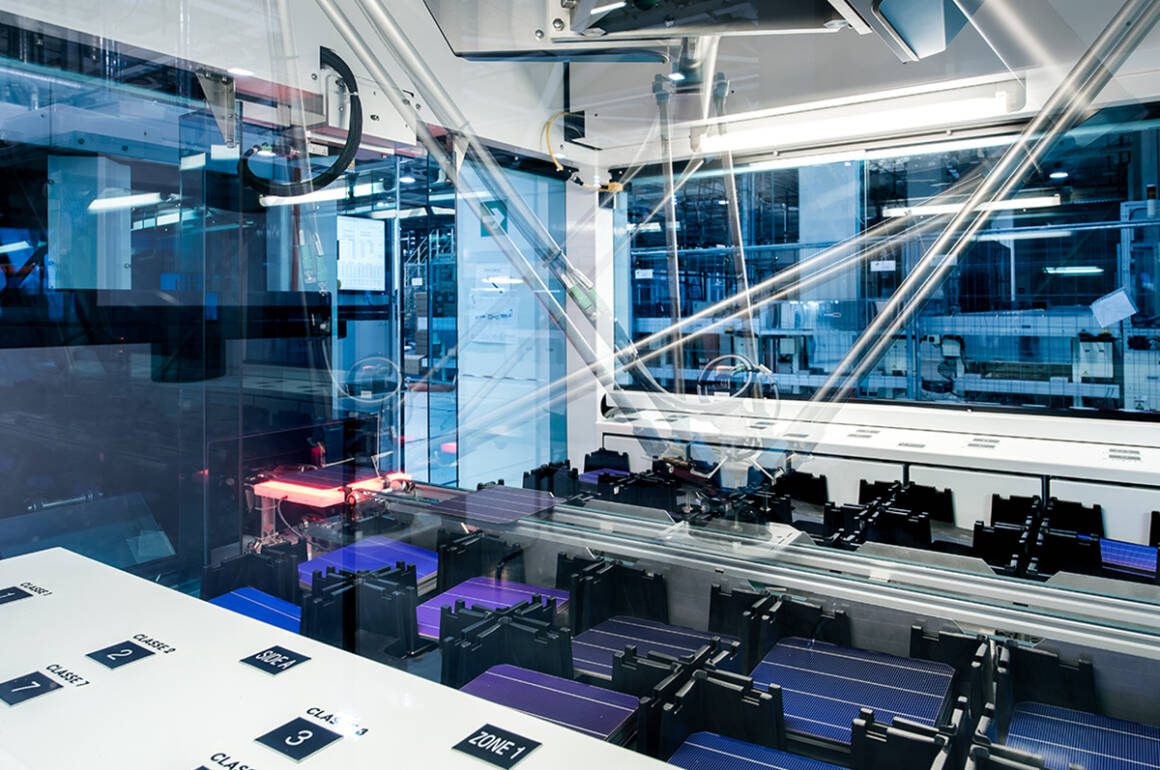
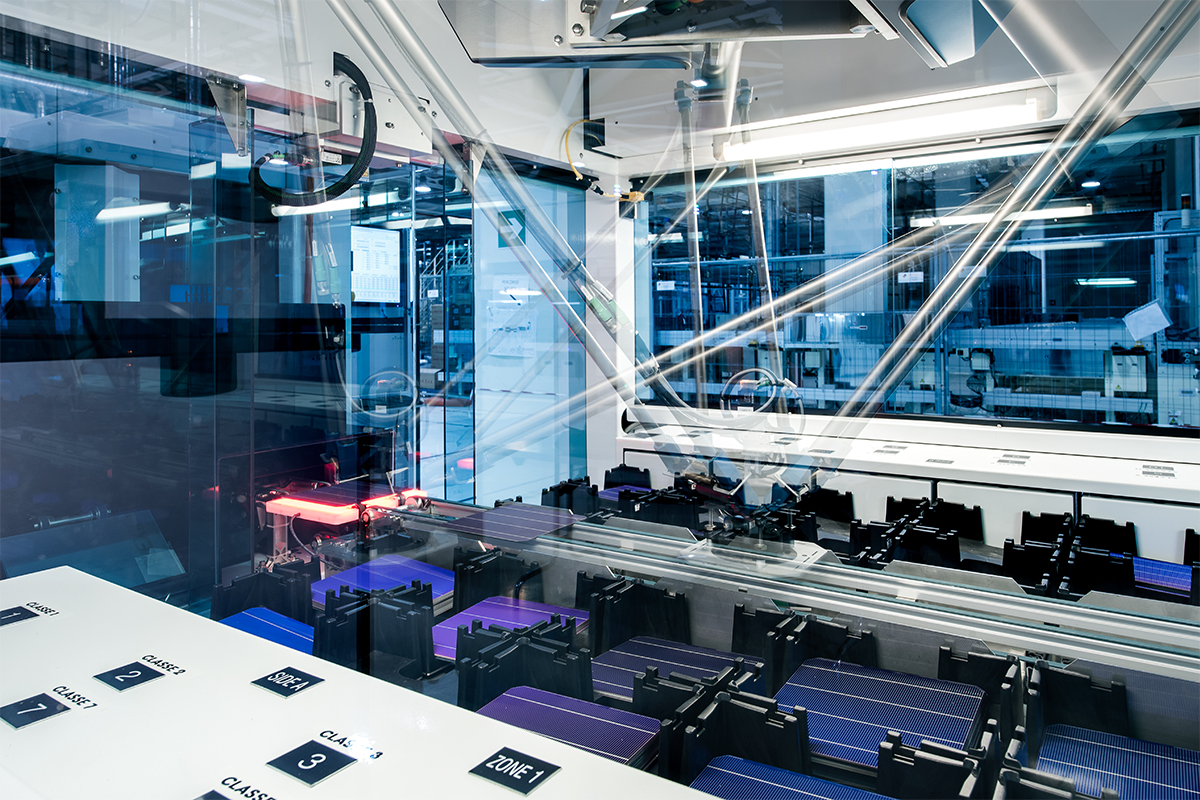







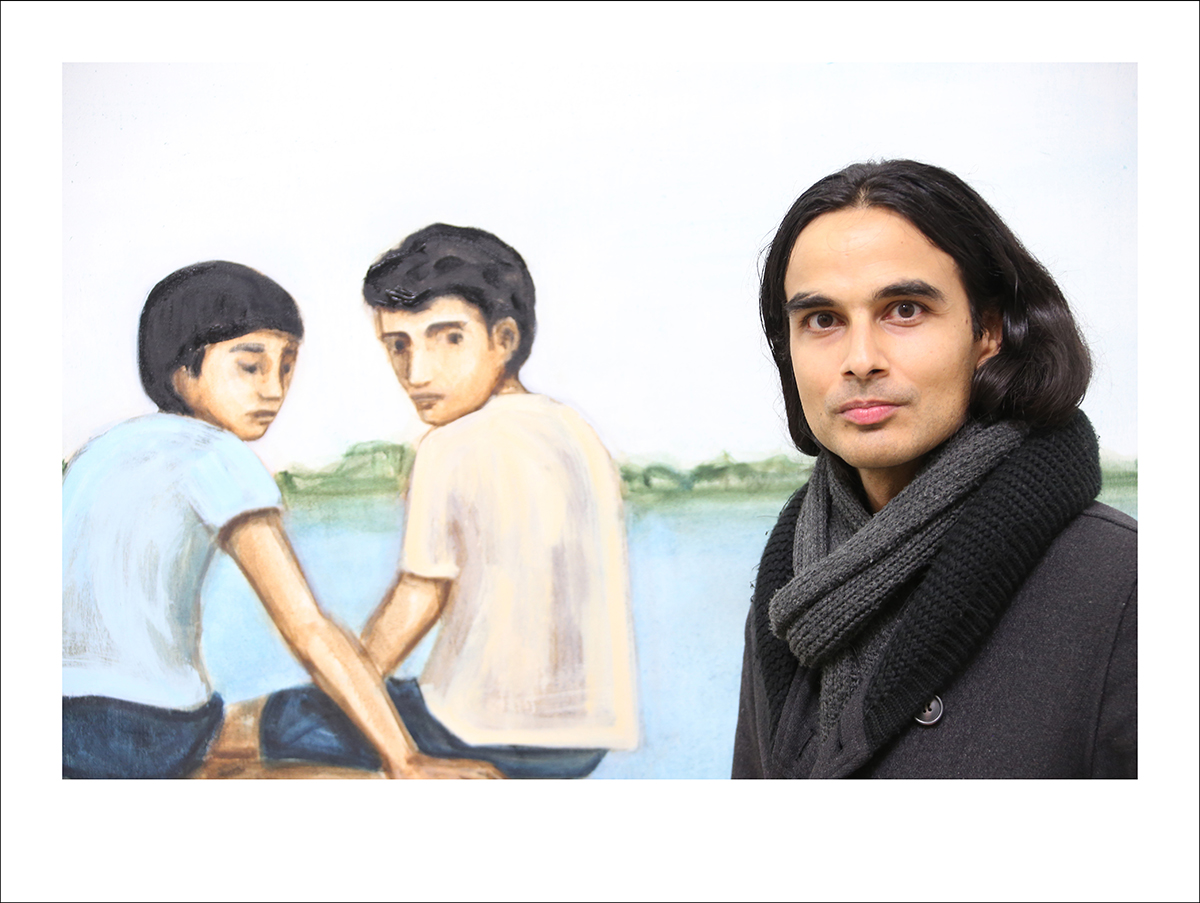
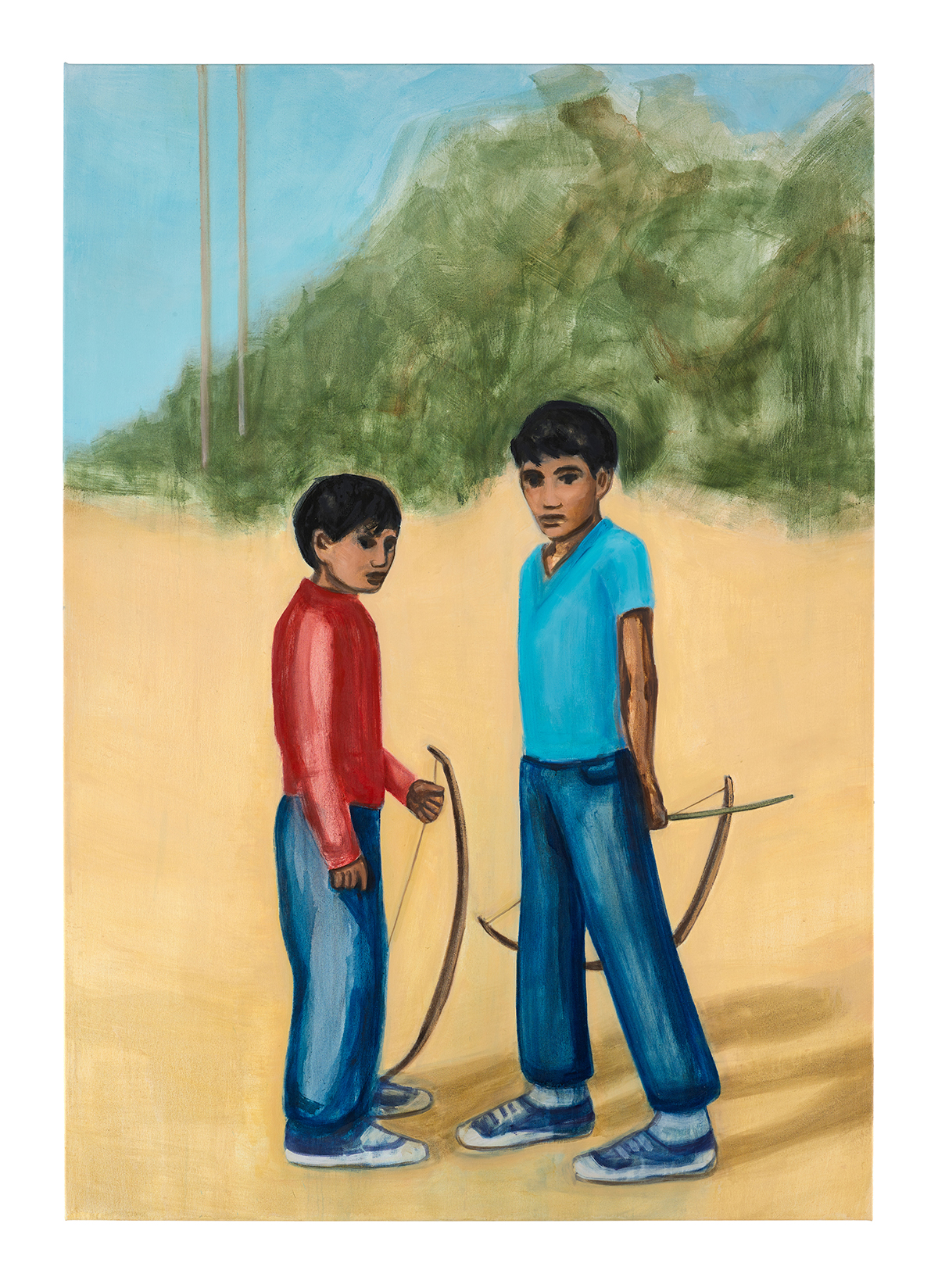
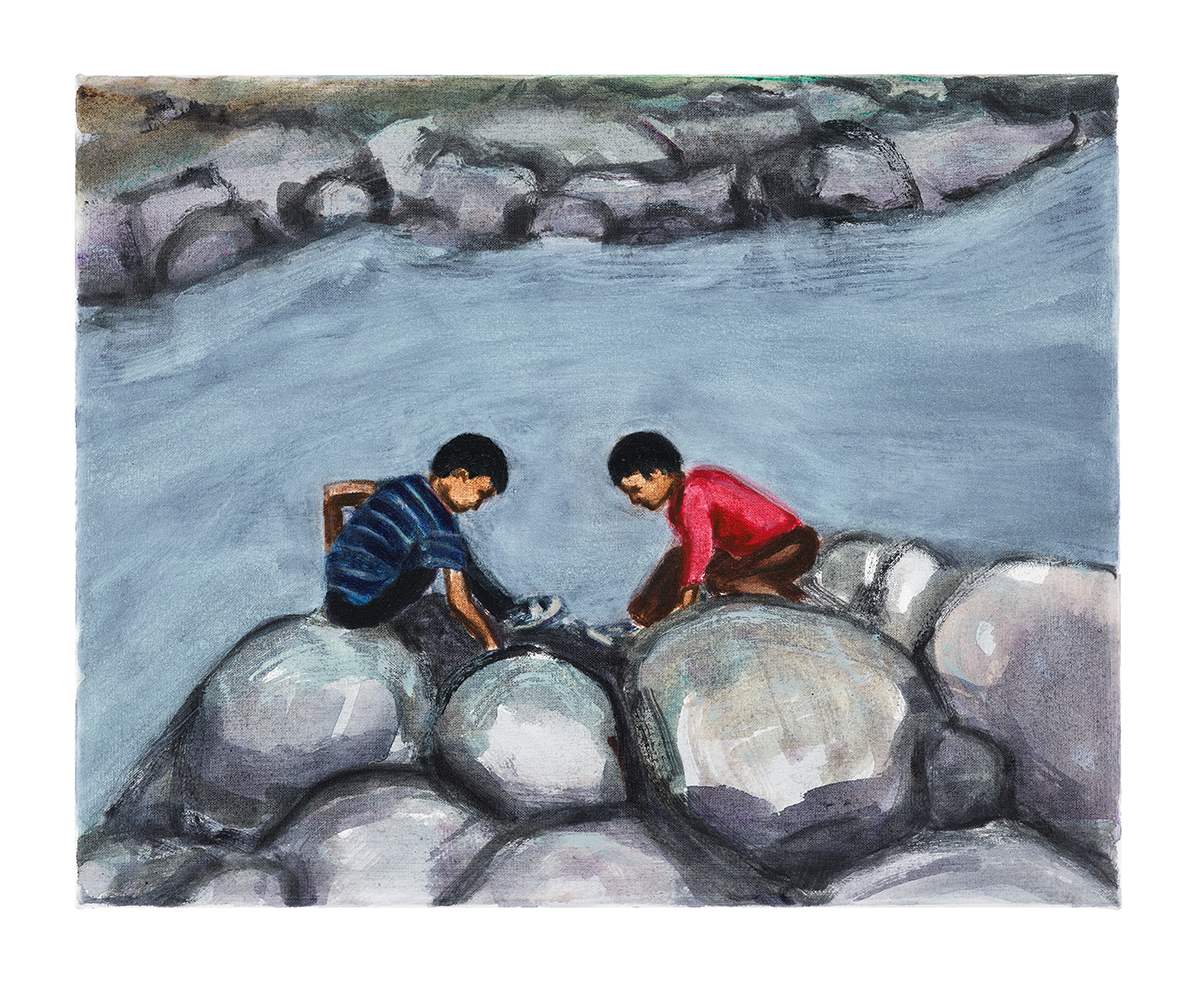
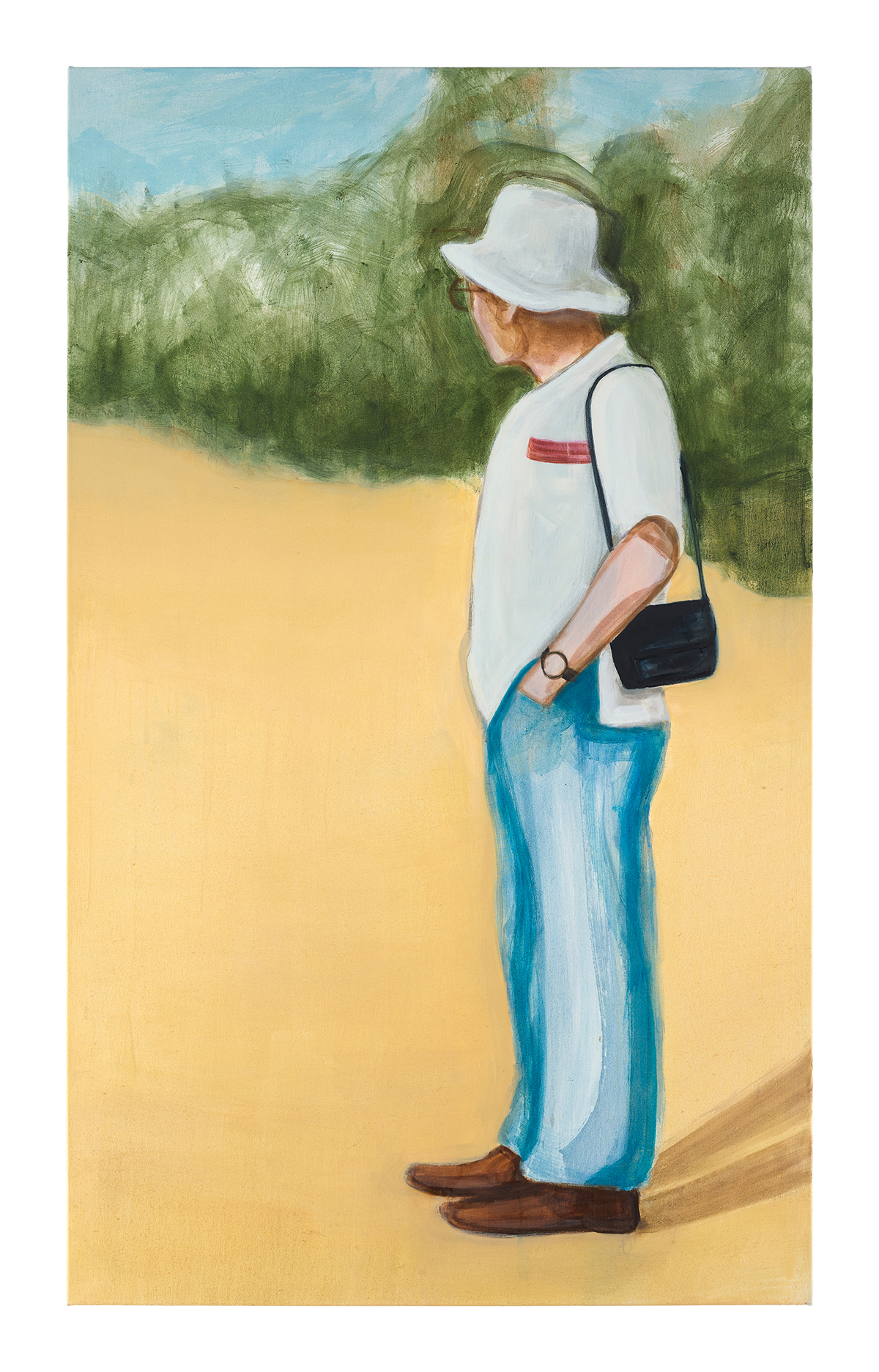
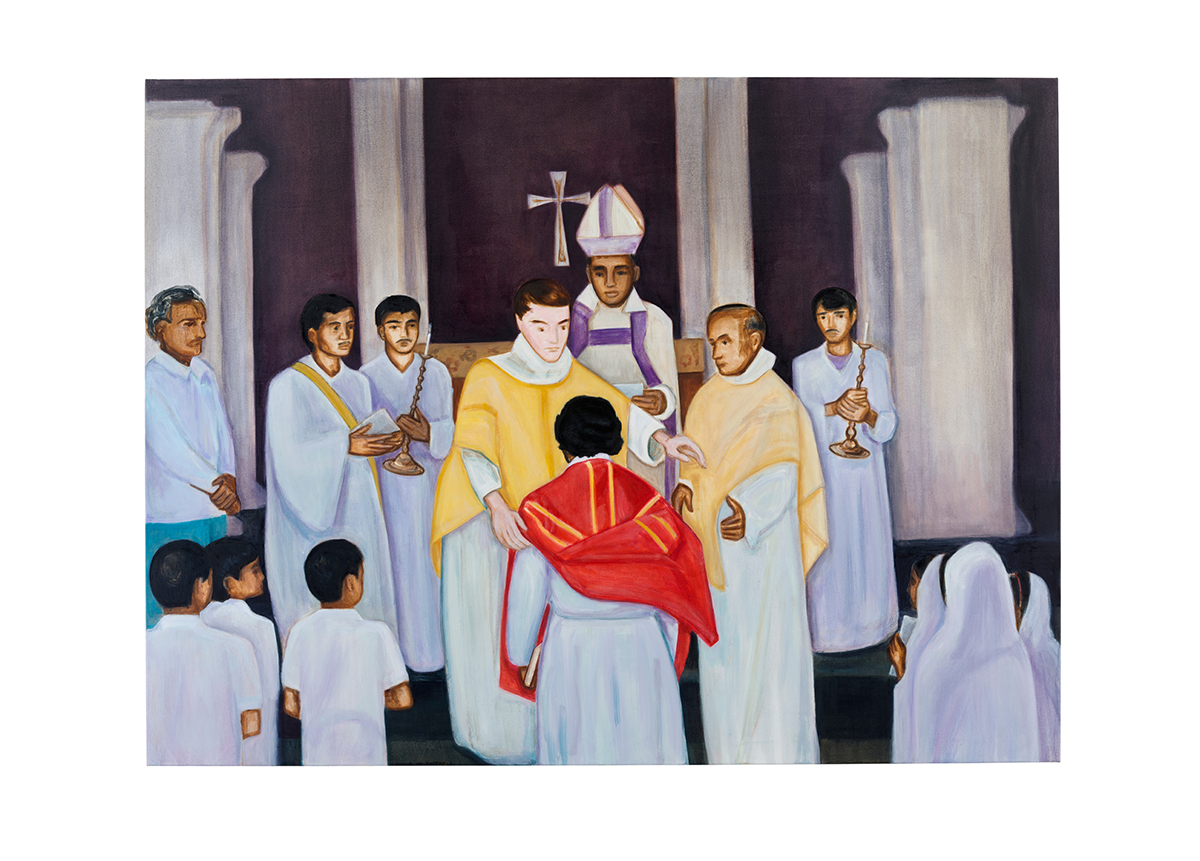
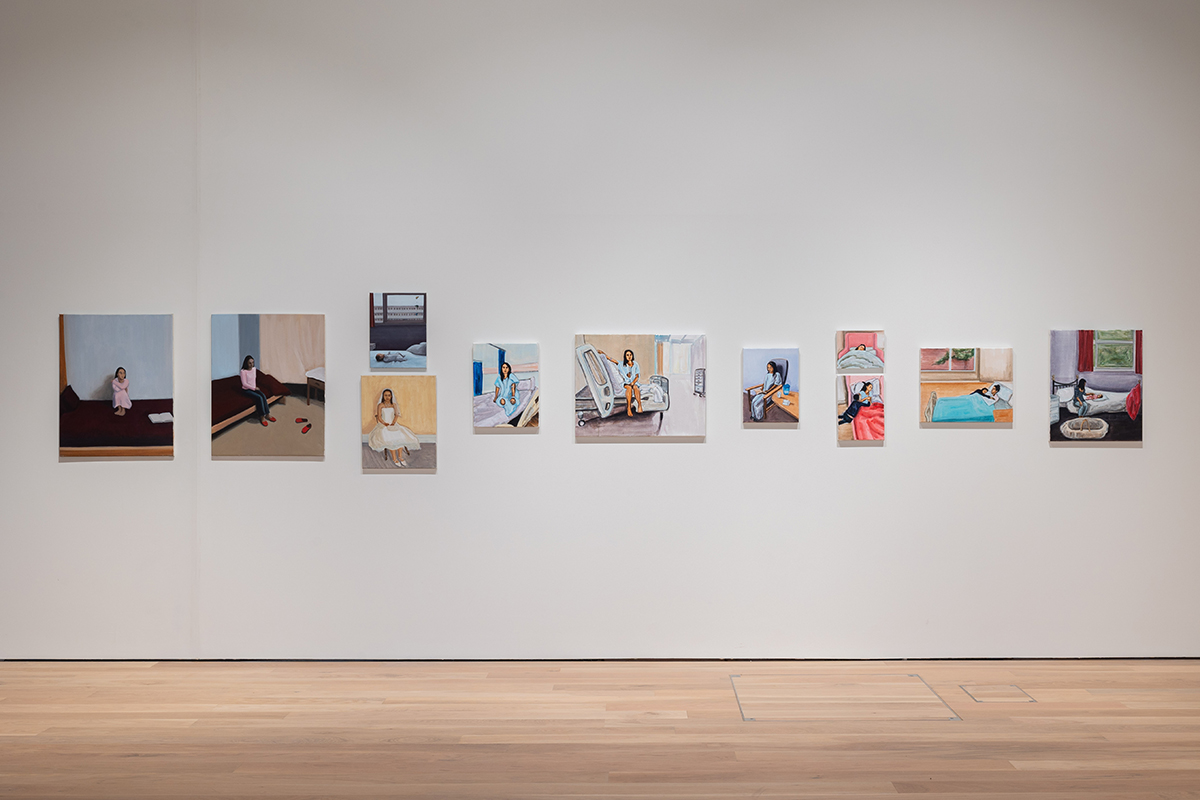
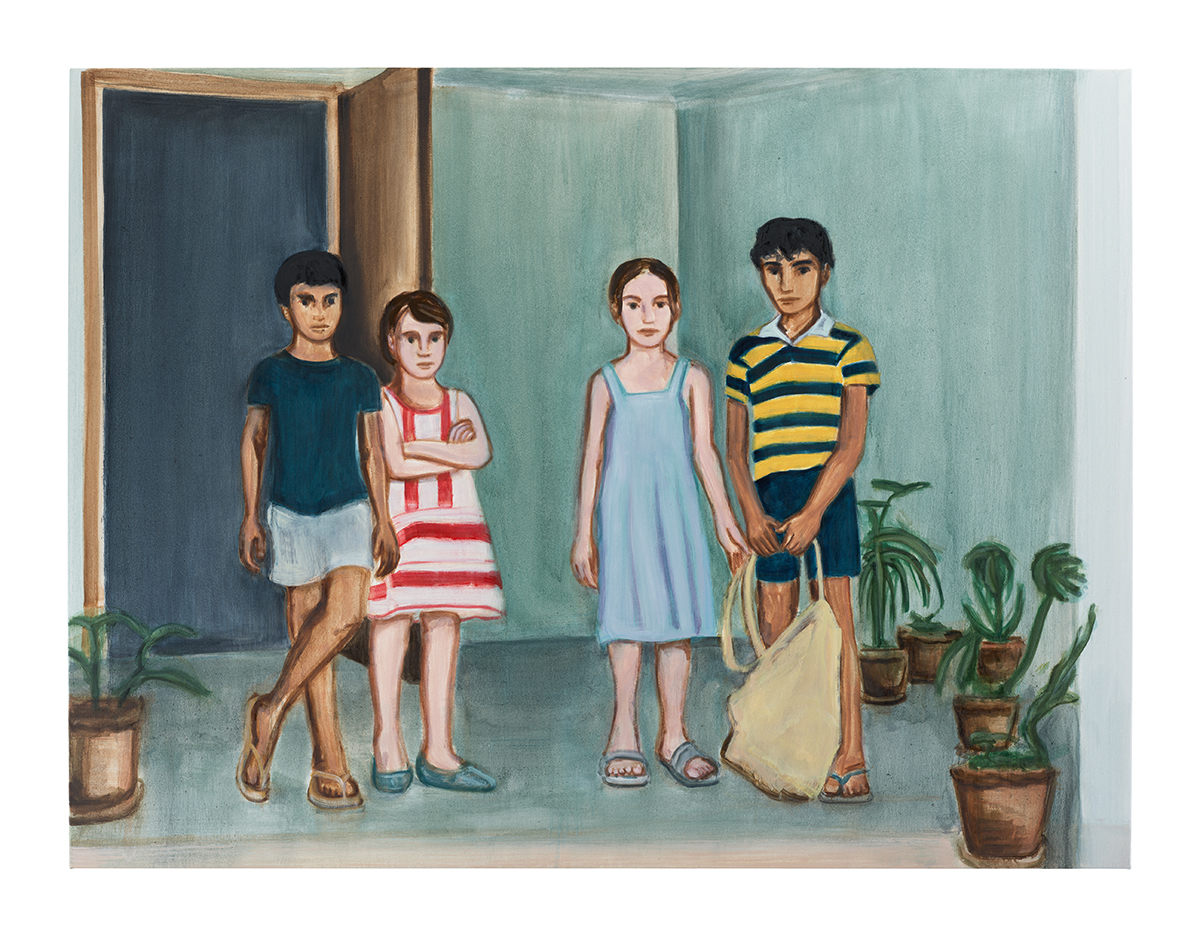

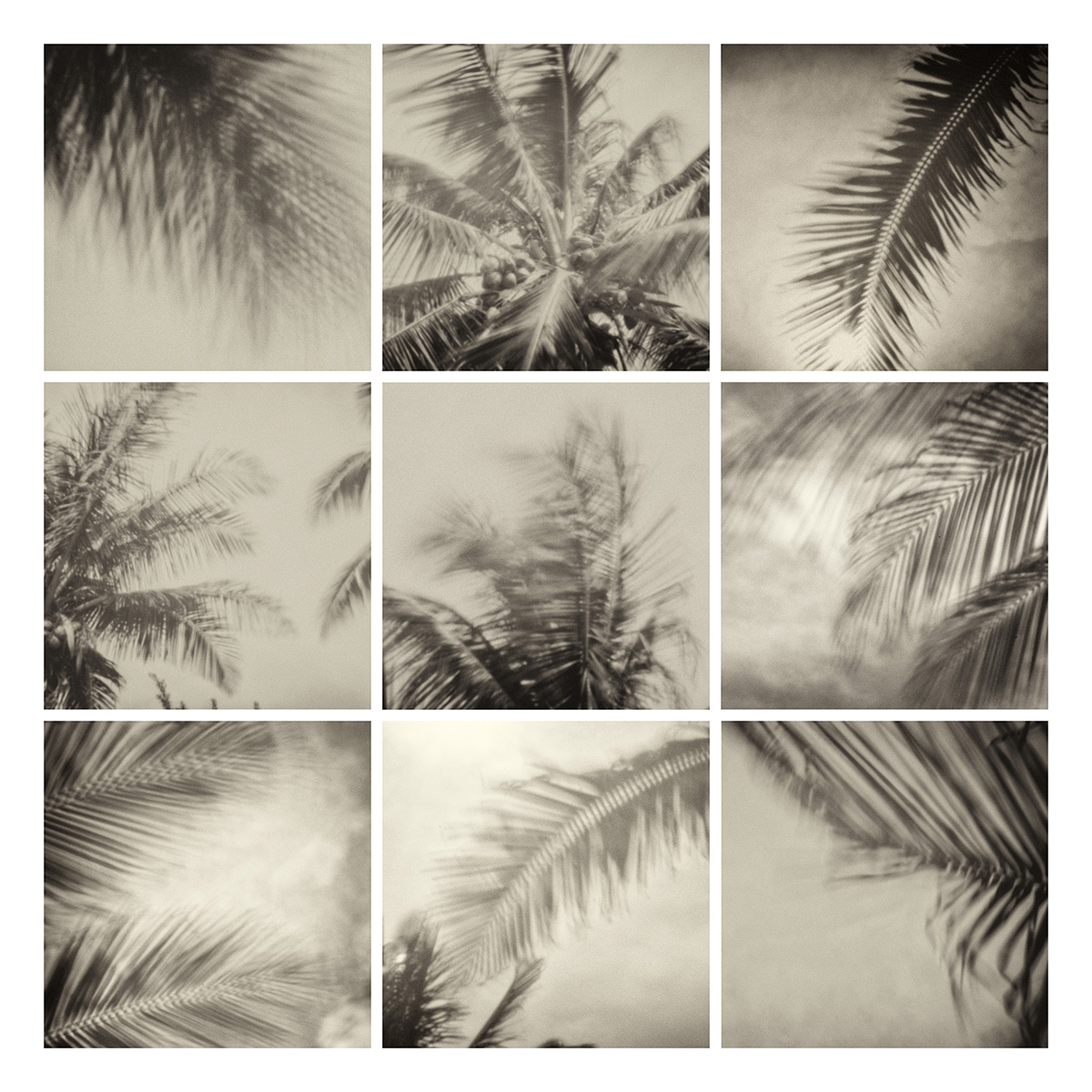
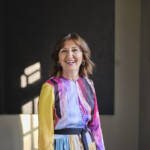
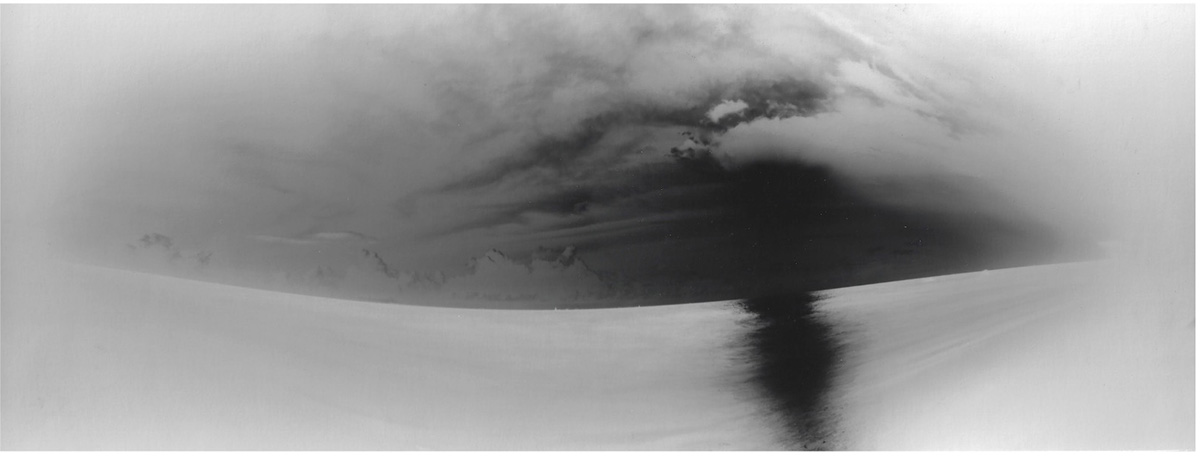
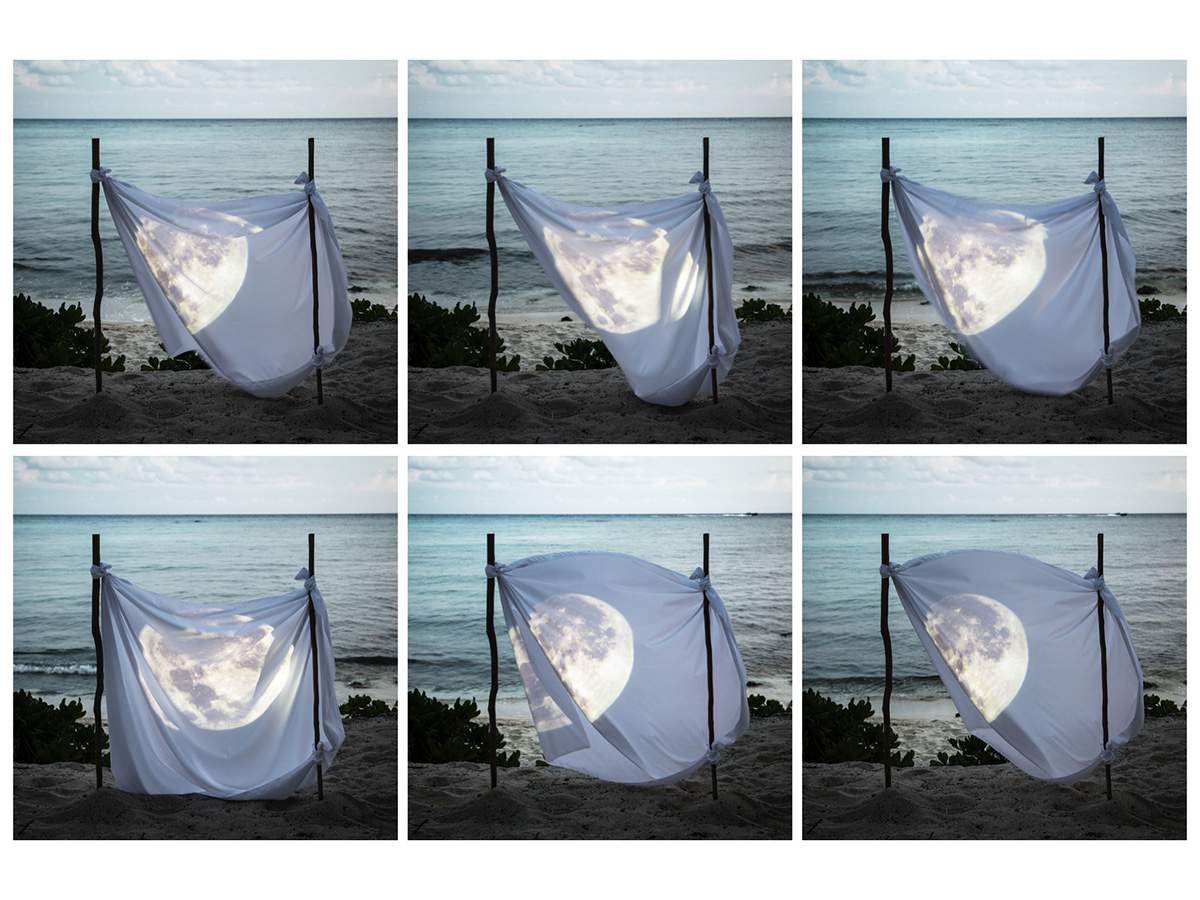
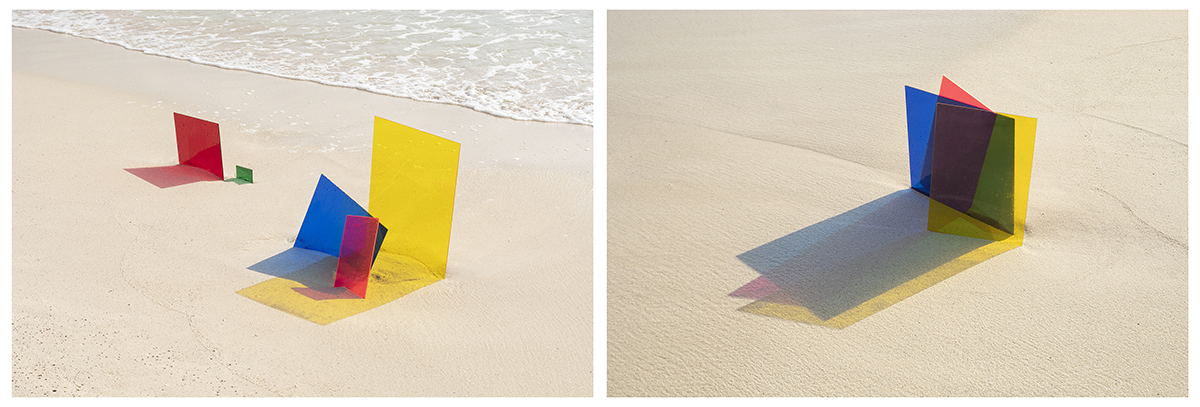
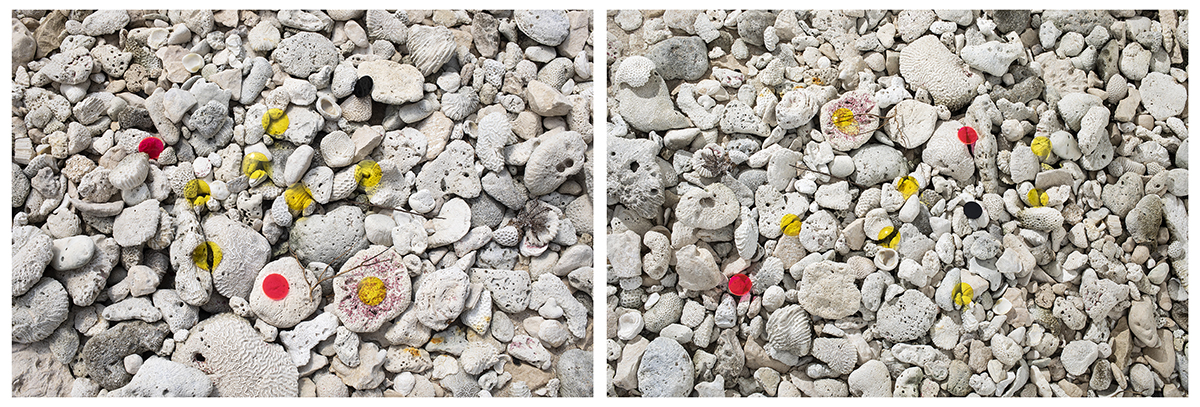
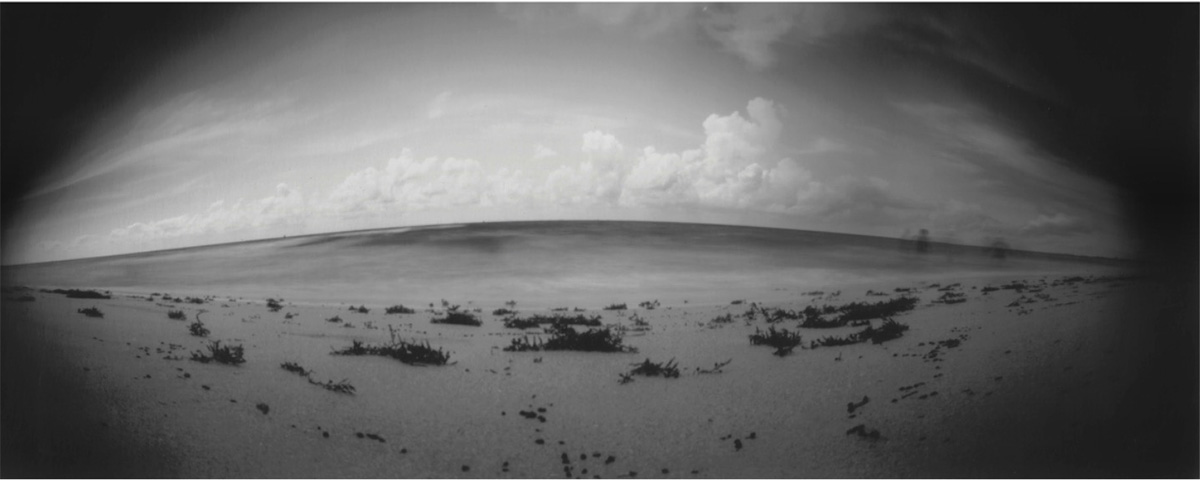
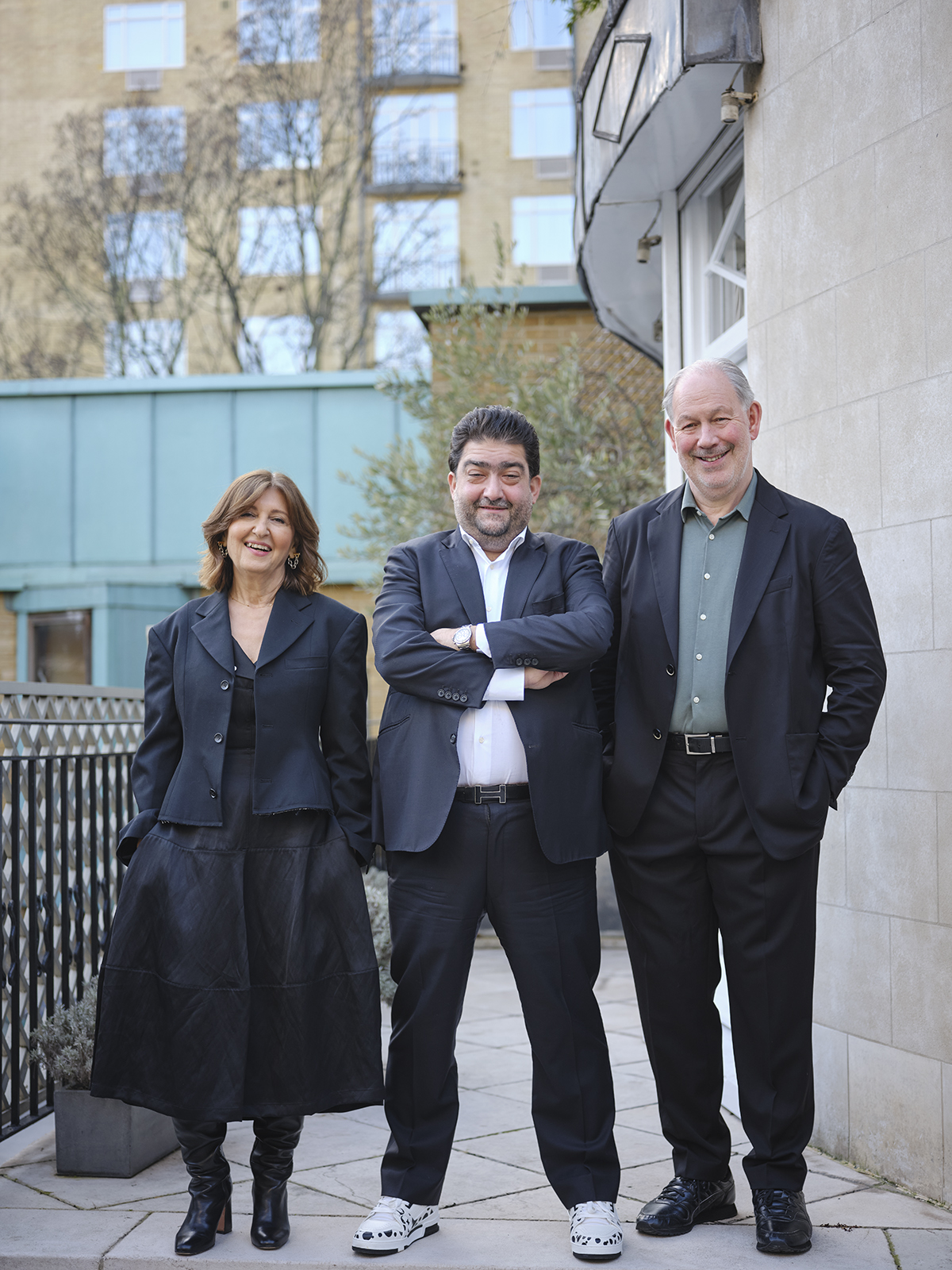
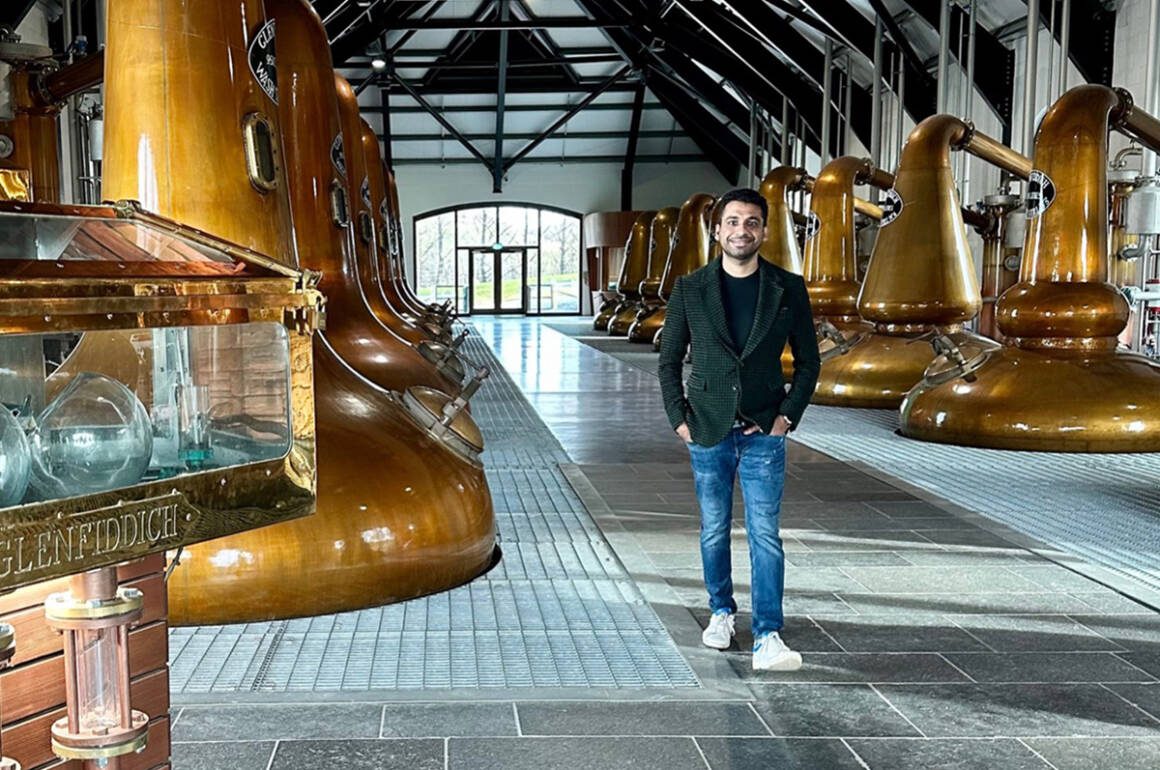

 This one is to have your own Bond moment when you take a trip to the
This one is to have your own Bond moment when you take a trip to the 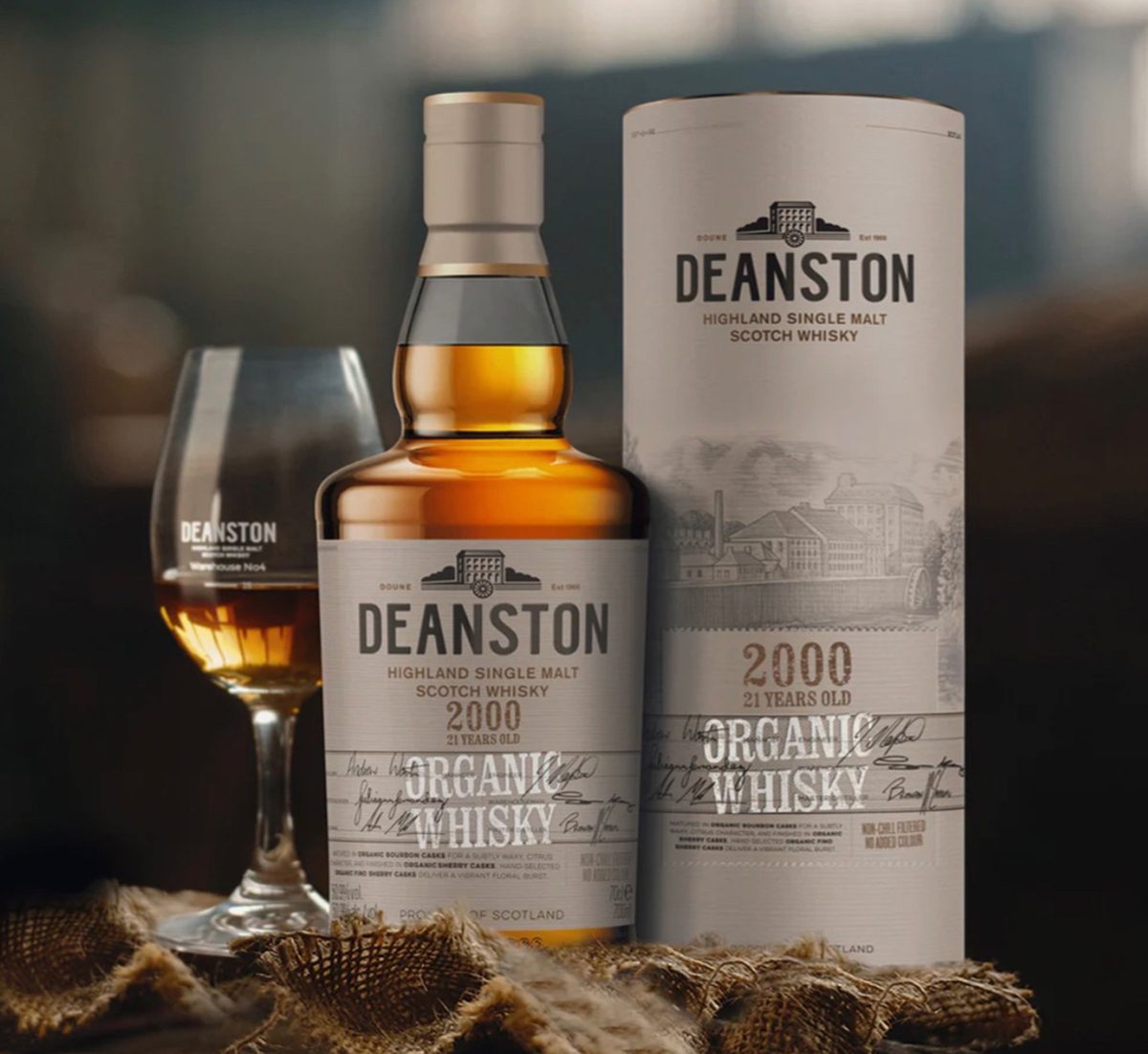 Deanston is one of my favourite distilleries in terms of creativity and unique
Deanston is one of my favourite distilleries in terms of creativity and unique  There is a lot of experimentation going on with finishing the whiskies in various casks in recent years. Finished in French Oak casks for last 2 years, this 26 year old limited edition Glenfiddich is a shining example of a cognac cask whisky done to perfection. It has an
There is a lot of experimentation going on with finishing the whiskies in various casks in recent years. Finished in French Oak casks for last 2 years, this 26 year old limited edition Glenfiddich is a shining example of a cognac cask whisky done to perfection. It has an  The spot whiskeys from
The spot whiskeys from  This is another gem from Ireland which has won several accolades from experts around the world and is becoming very hard to source, due to limited availability and skyrocketing demand. It is the oldest Redbreast in the regular range, with tropical fruit flavours from the
This is another gem from Ireland which has won several accolades from experts around the world and is becoming very hard to source, due to limited availability and skyrocketing demand. It is the oldest Redbreast in the regular range, with tropical fruit flavours from the 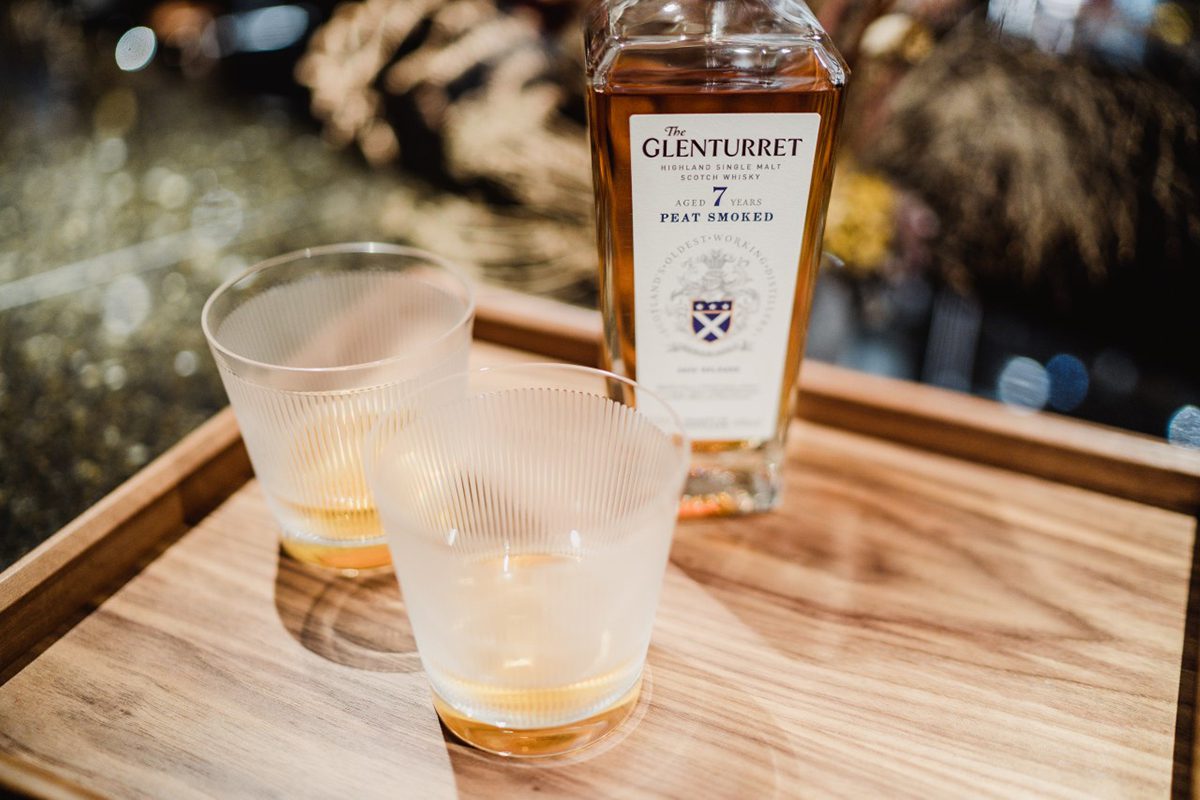 Glenturret is the oldest distillery from Scotland and has been recently revamped, following its takeover by
Glenturret is the oldest distillery from Scotland and has been recently revamped, following its takeover by 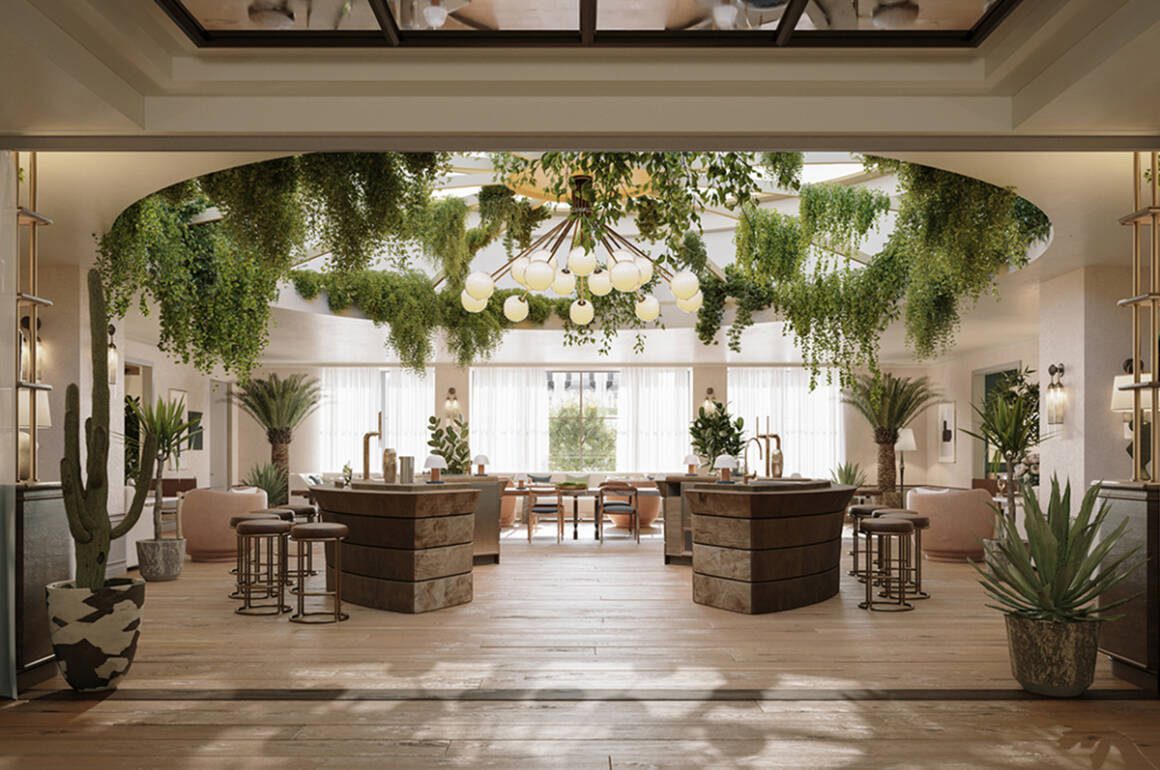
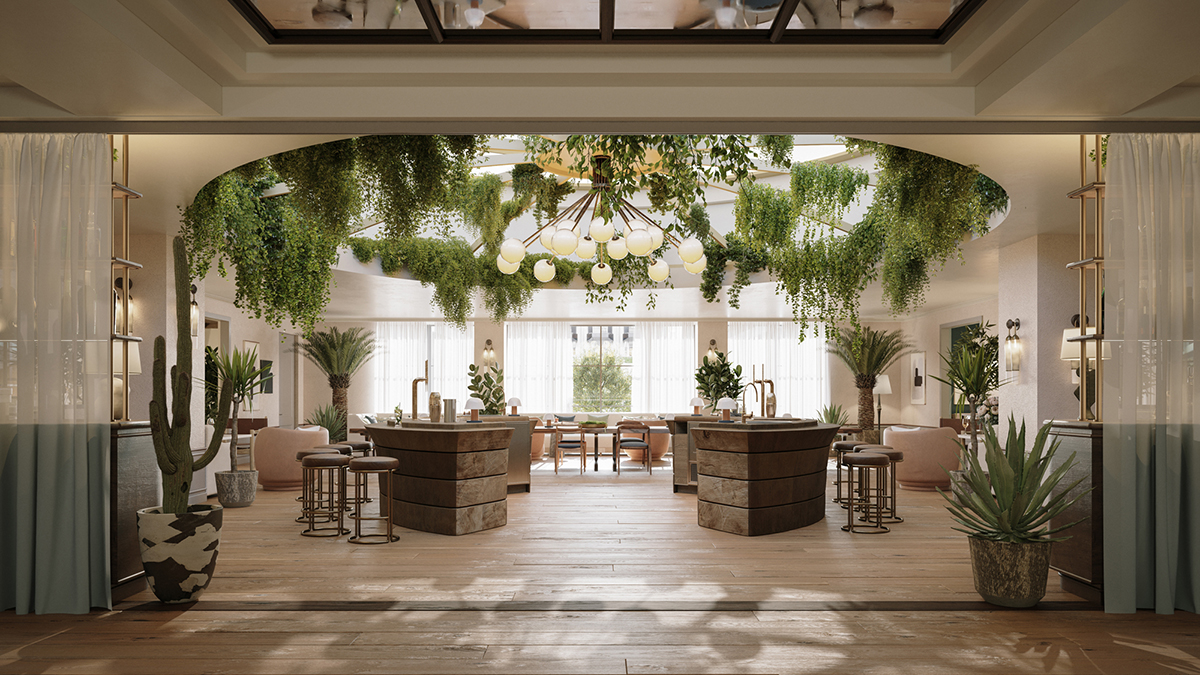

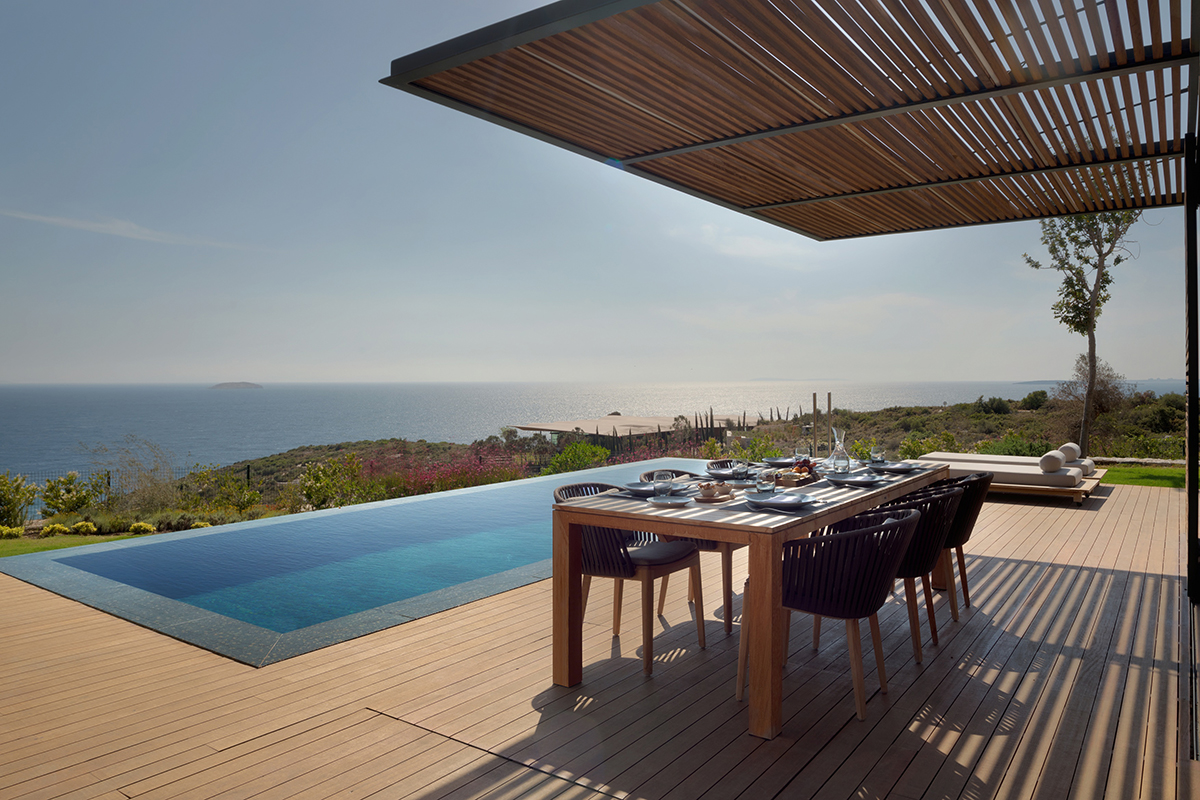
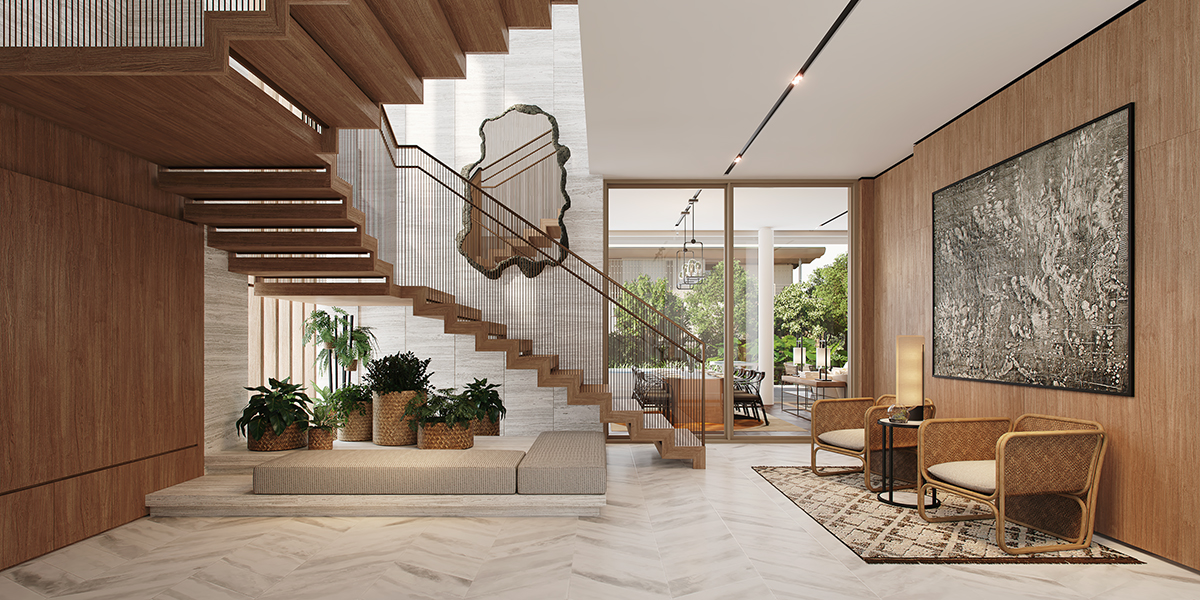
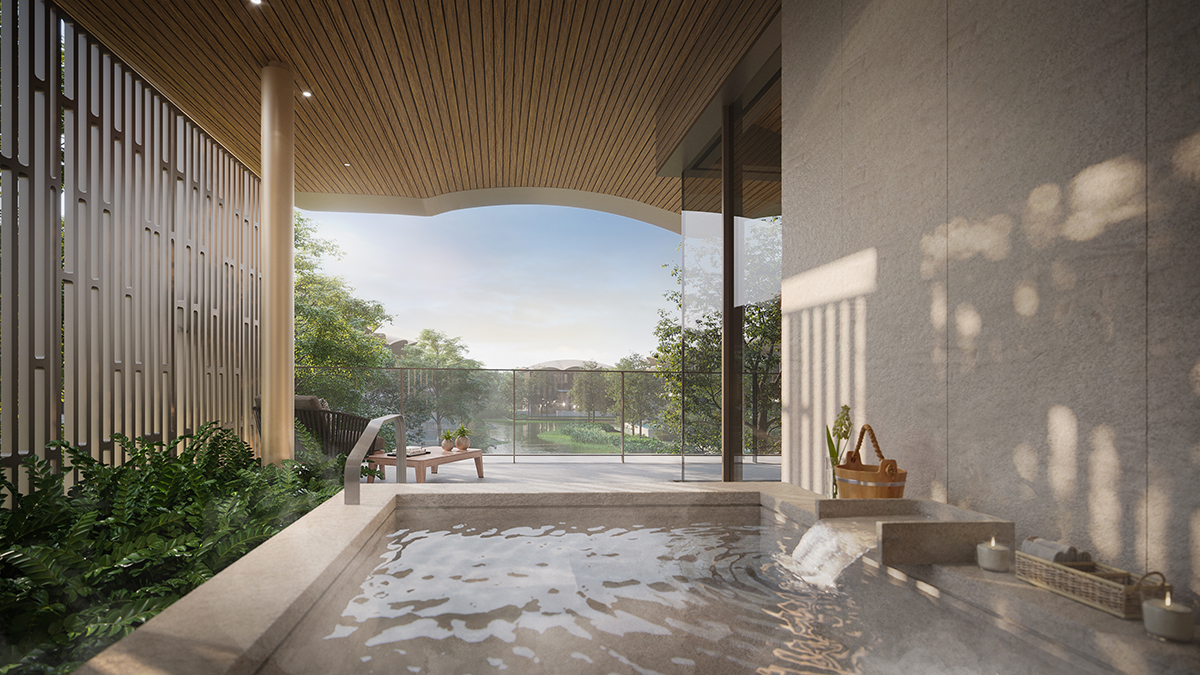
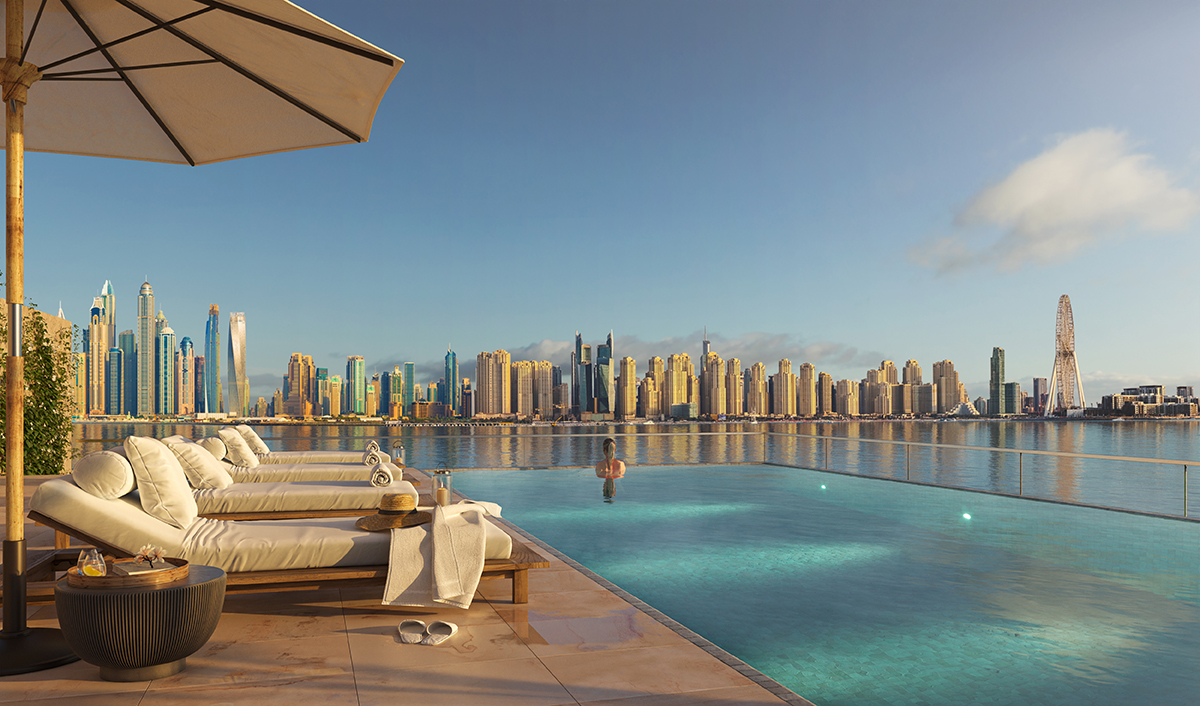
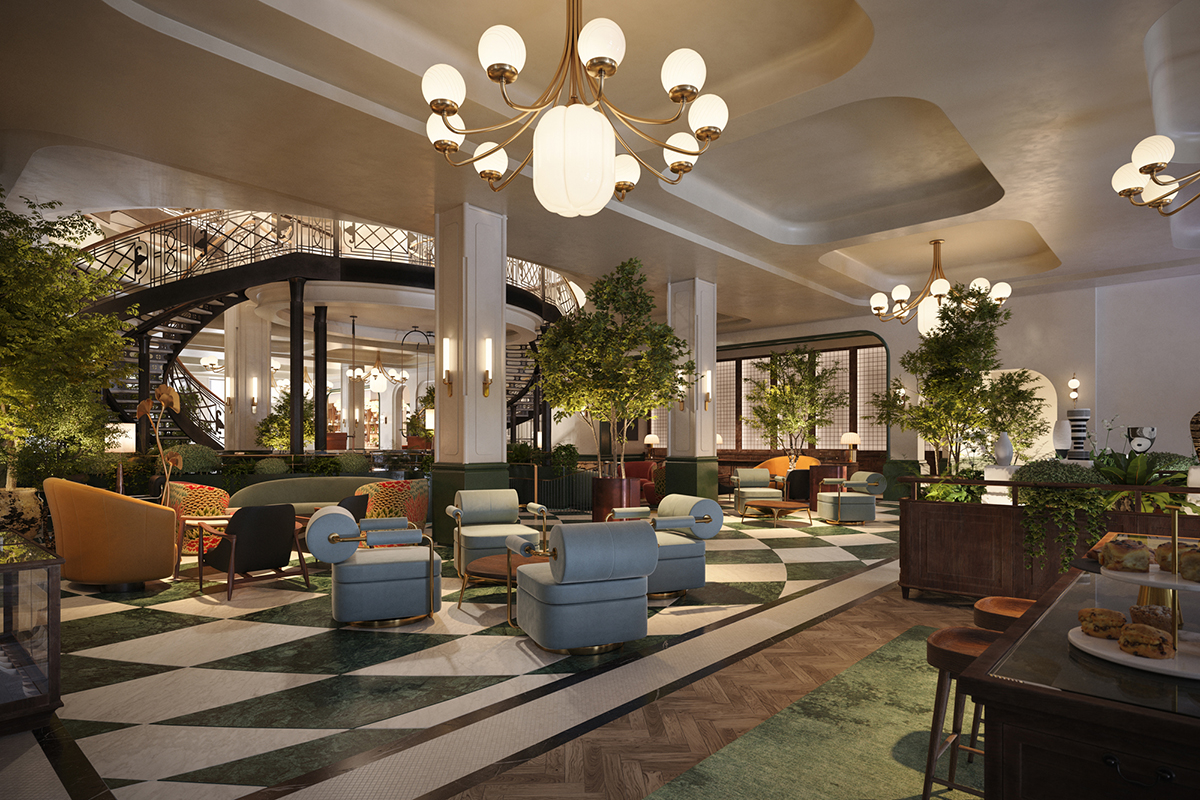
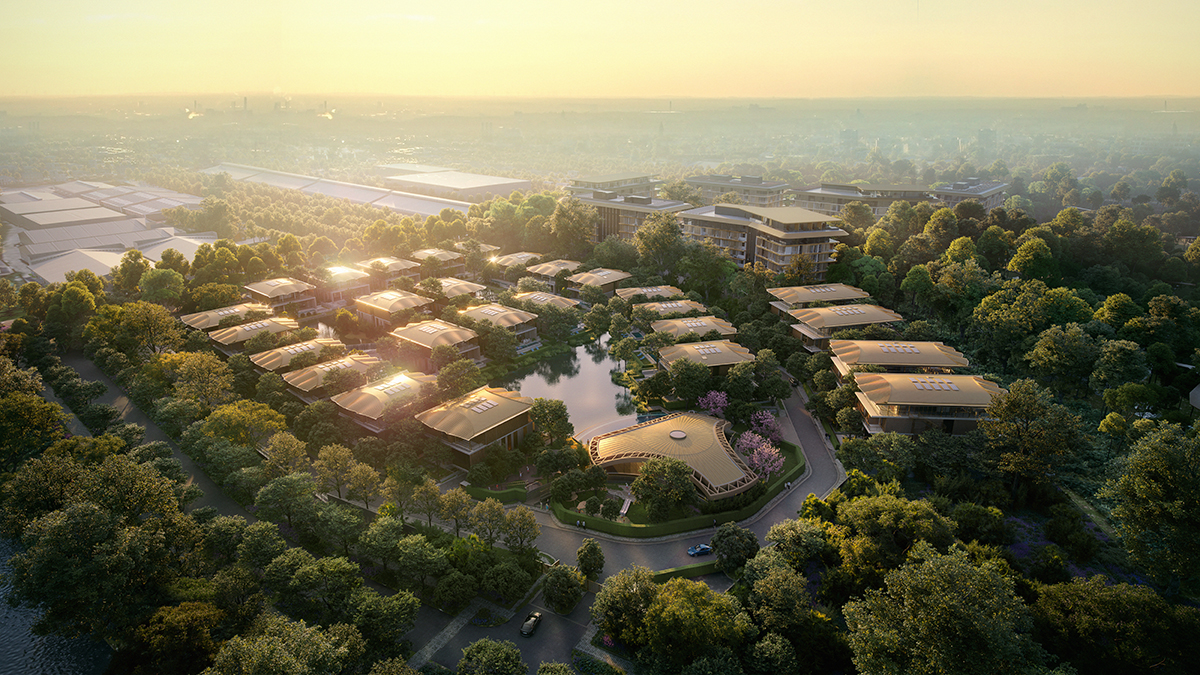
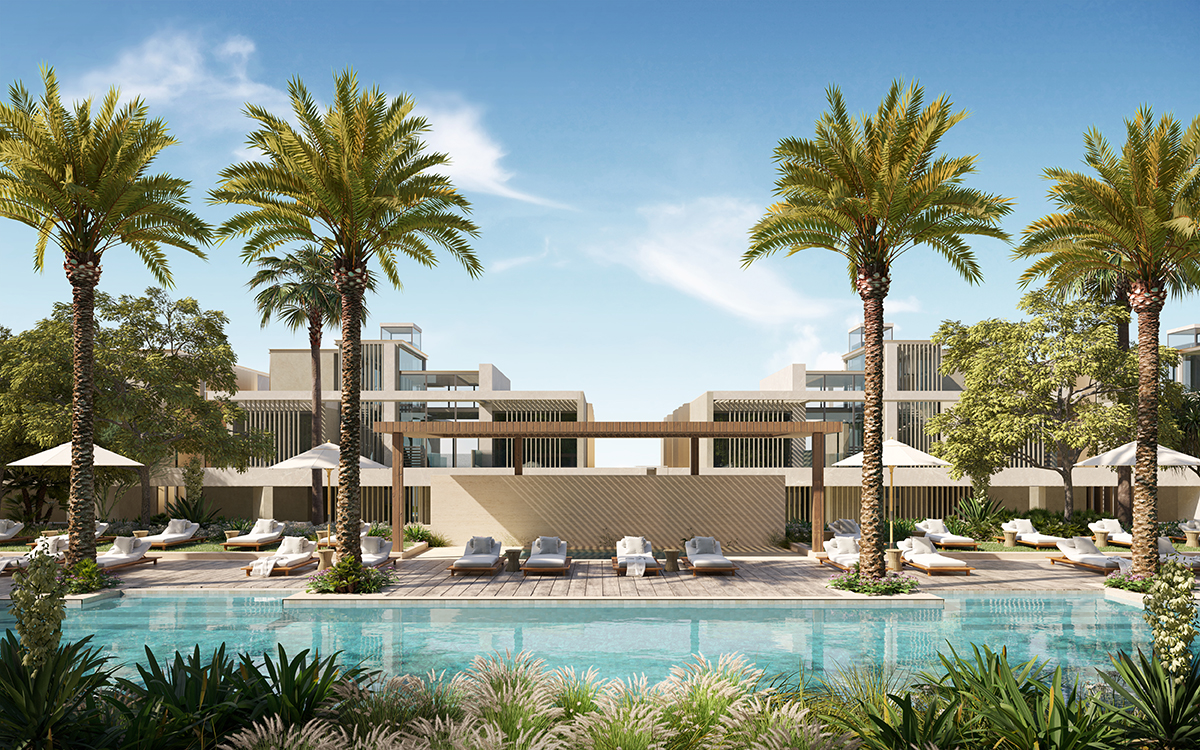
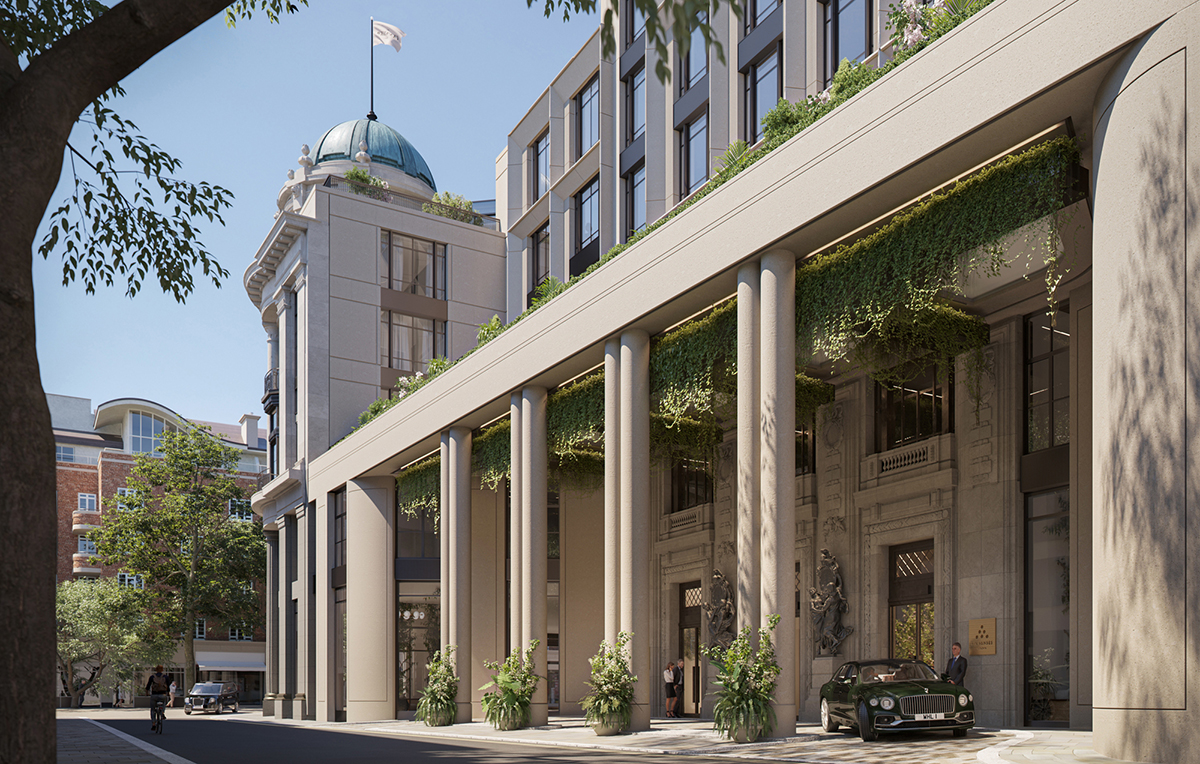
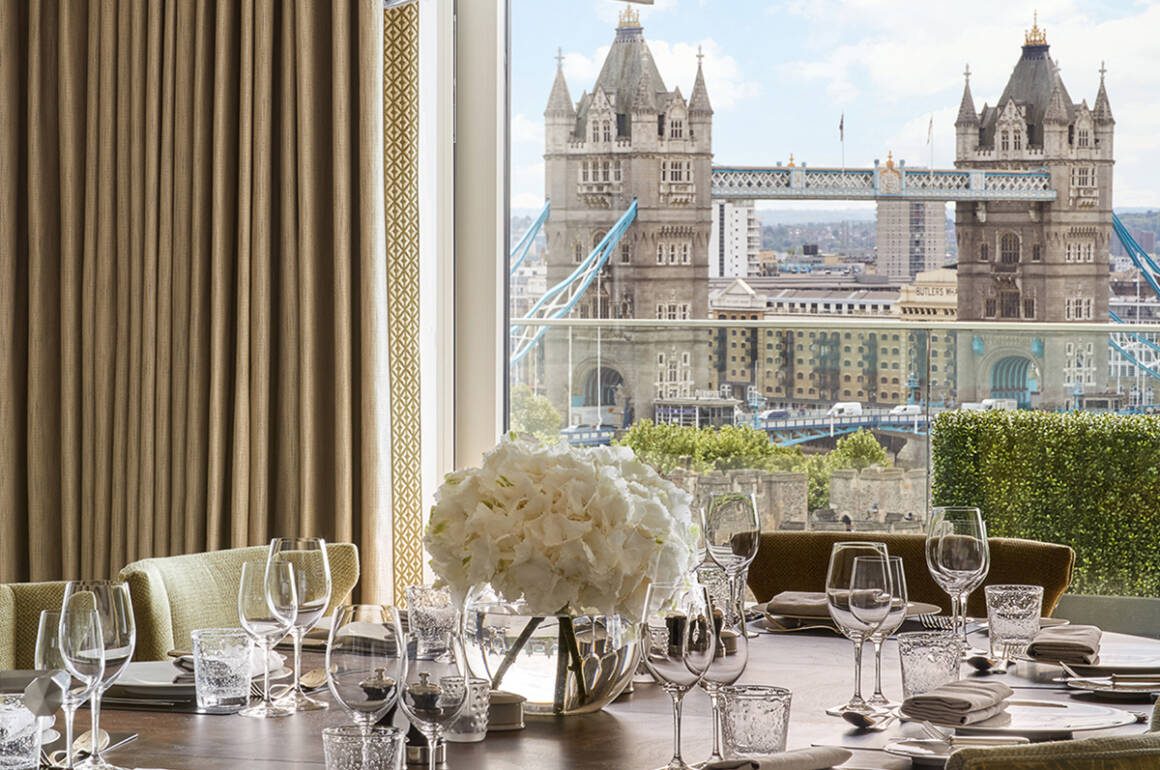
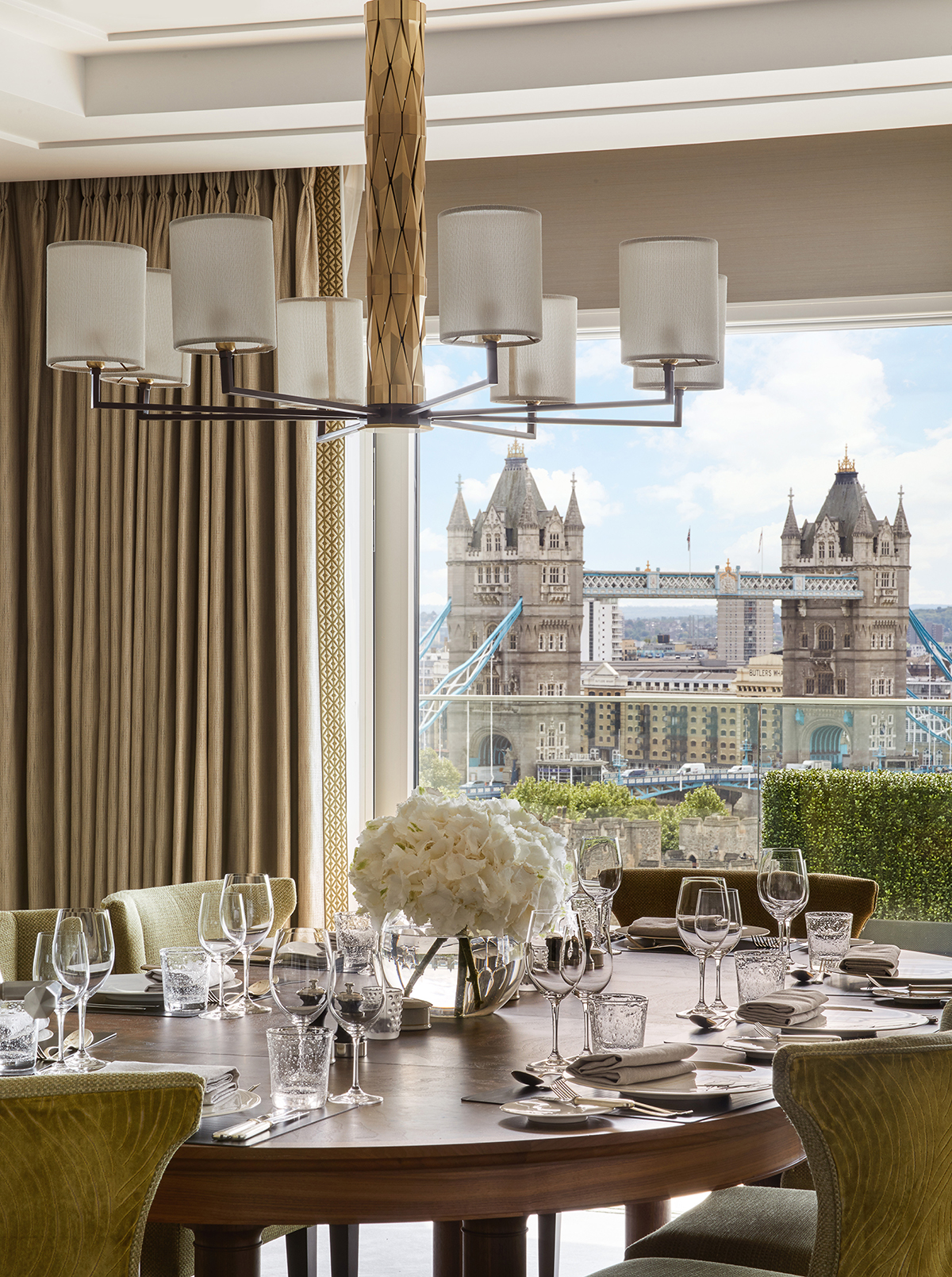
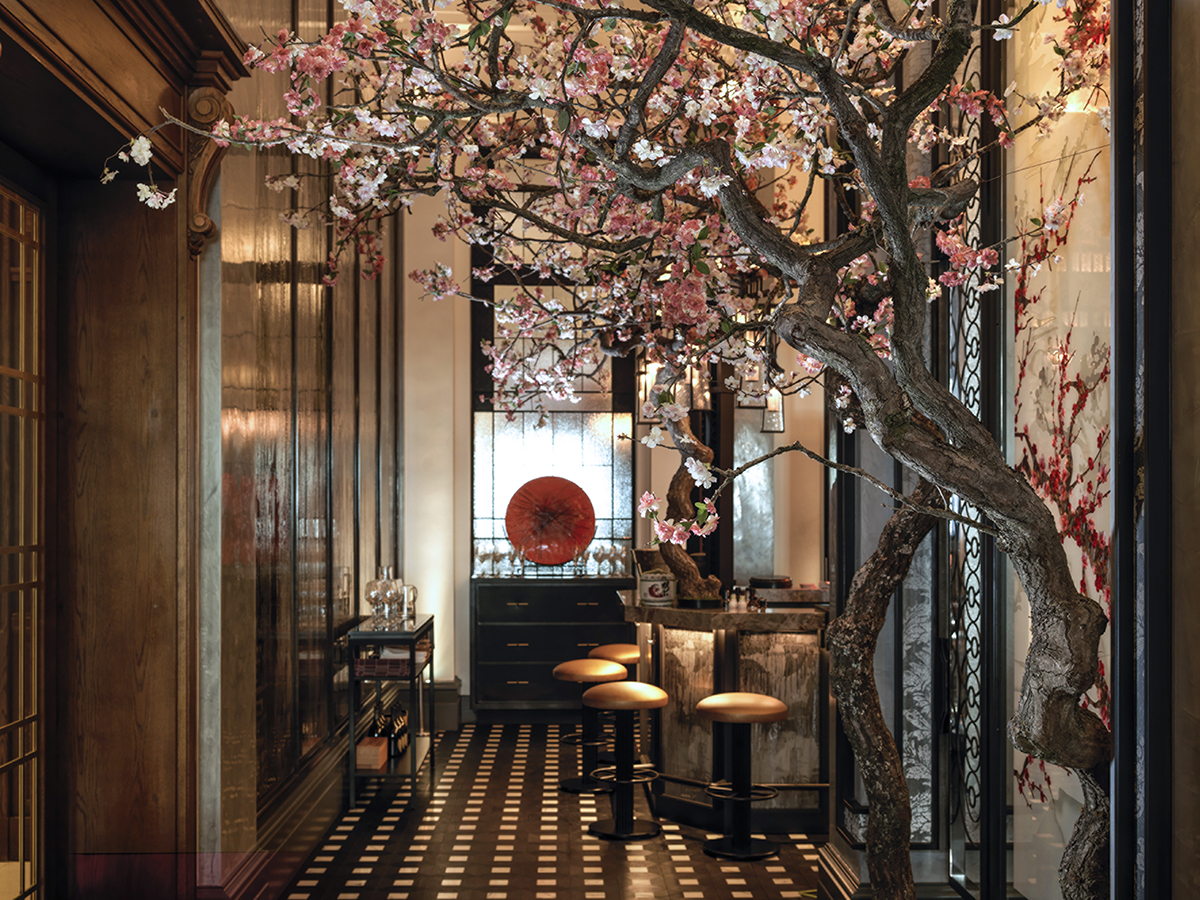
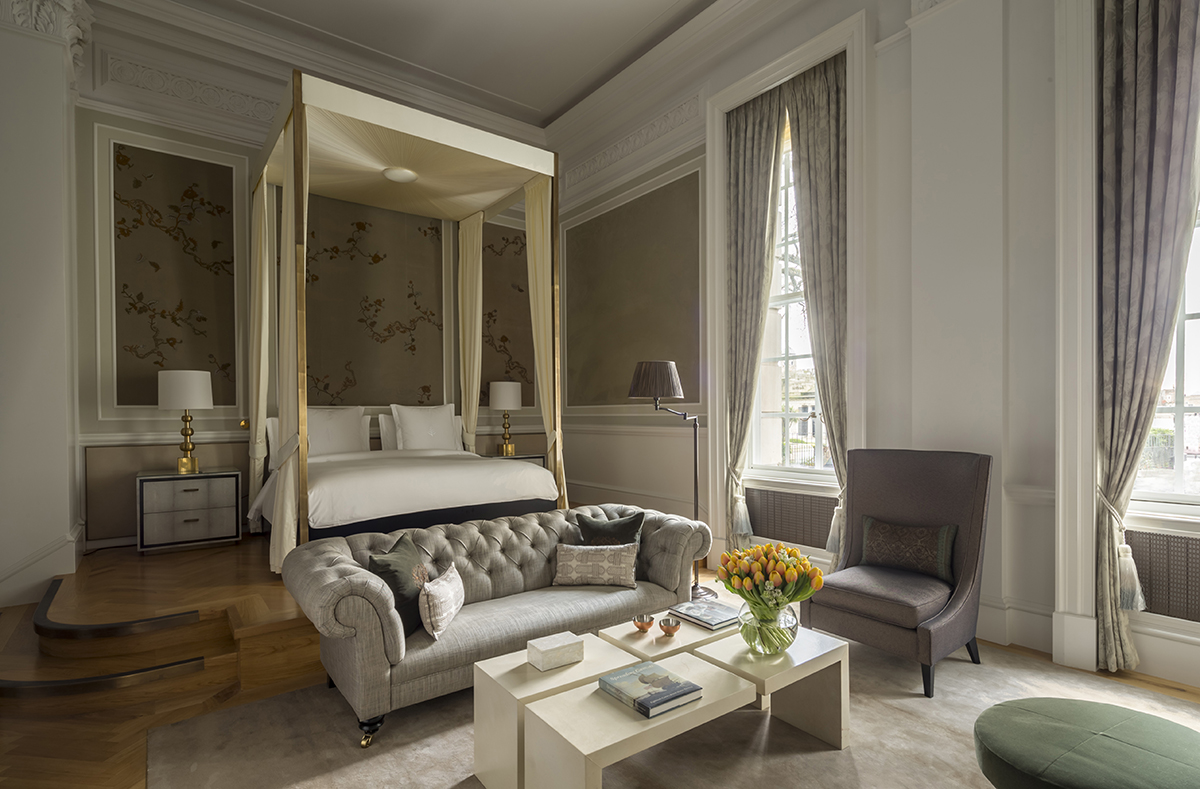
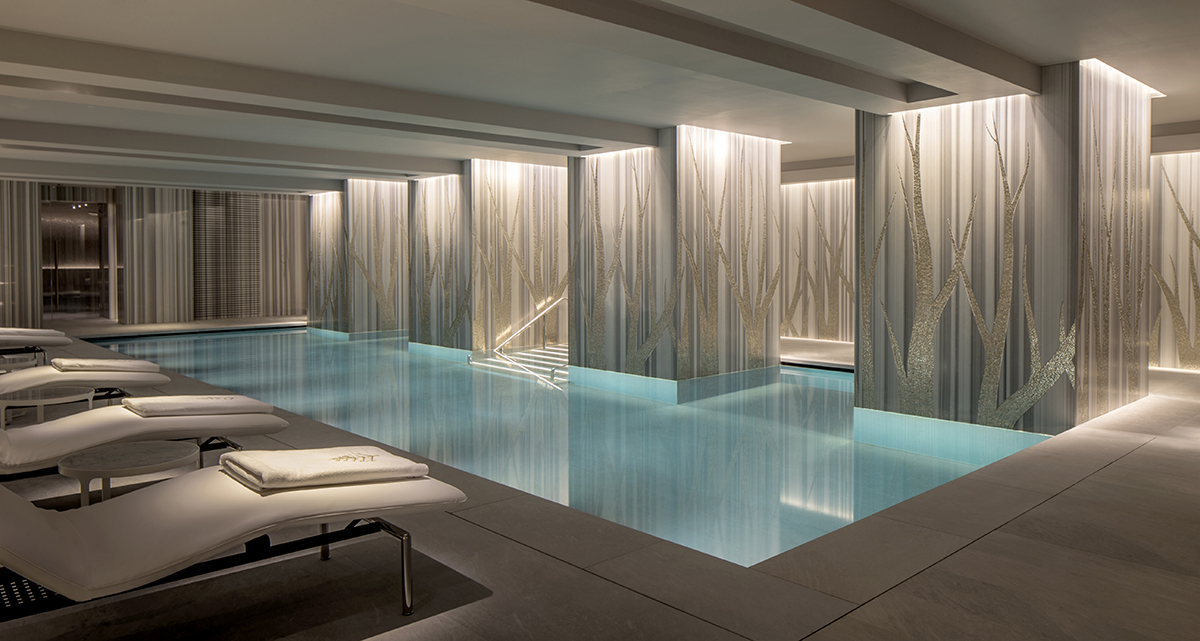
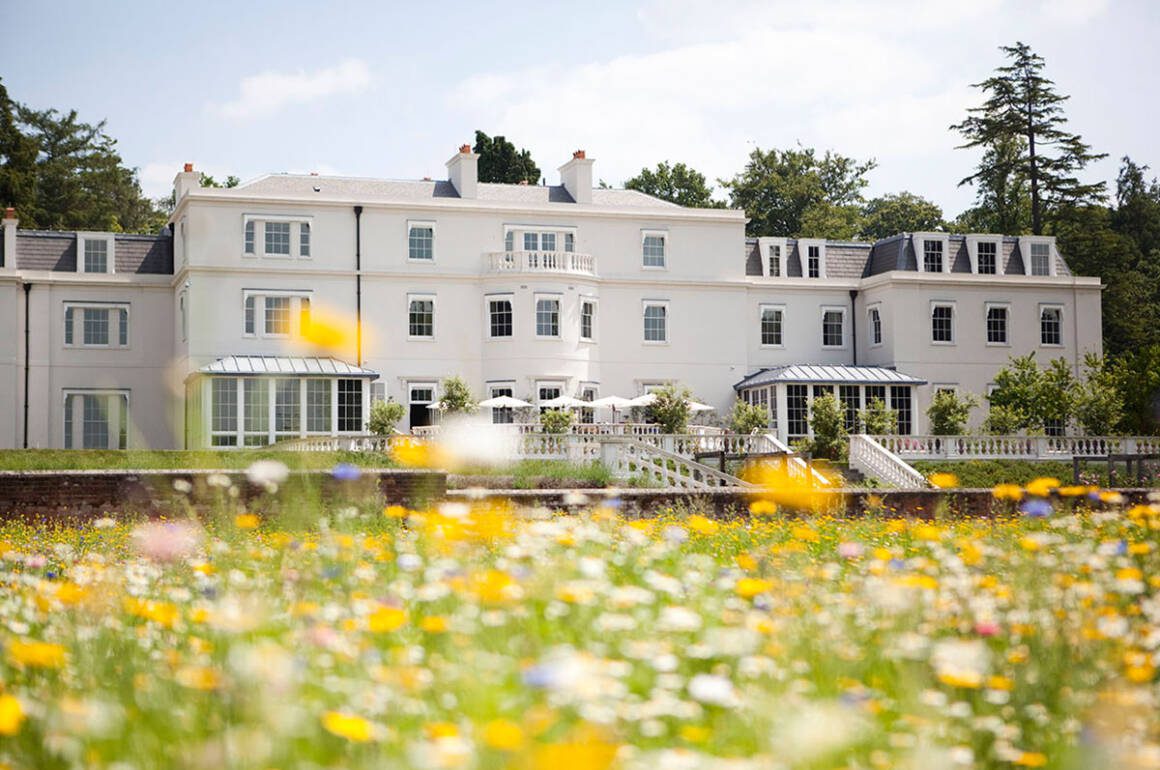
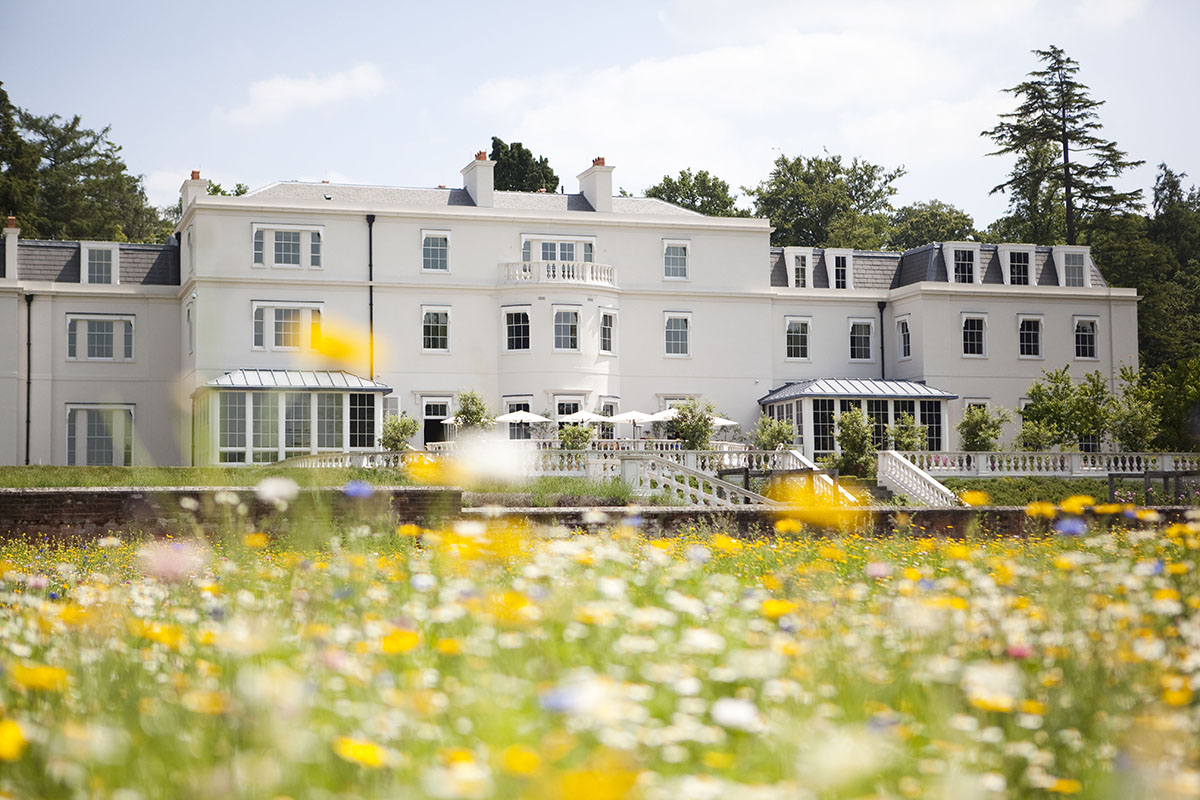
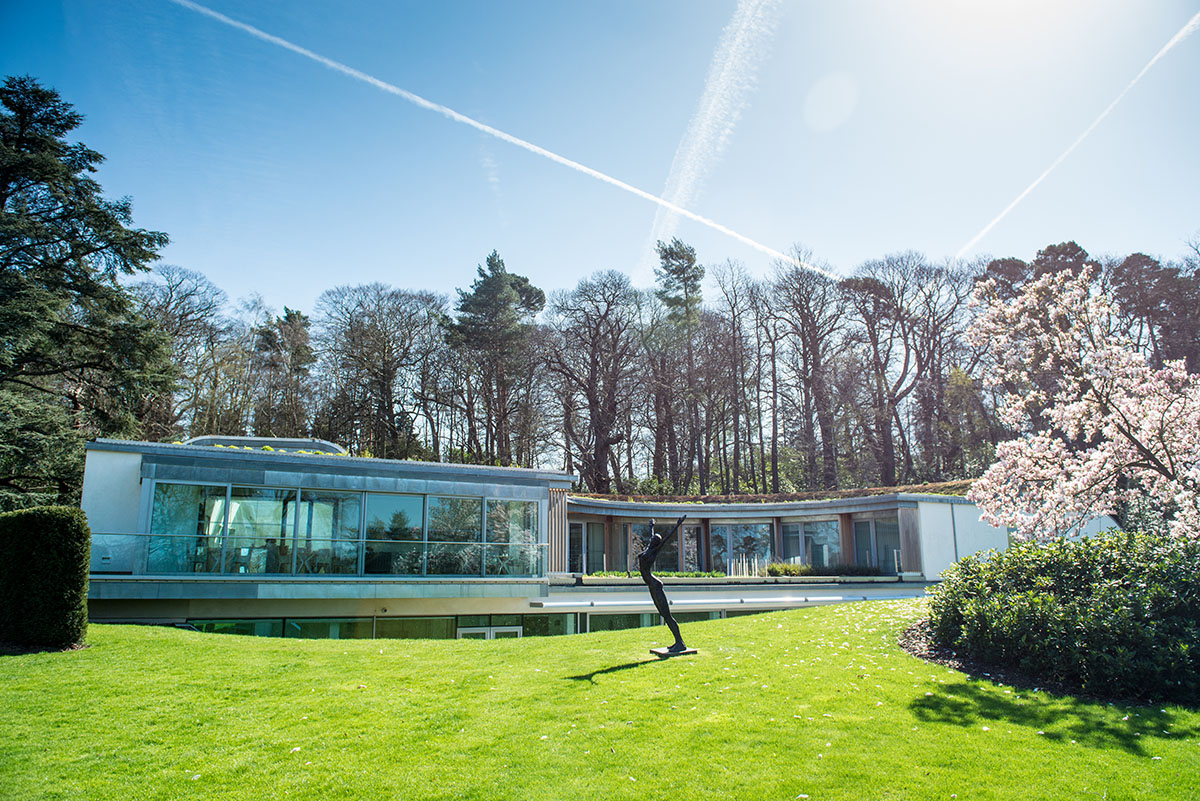
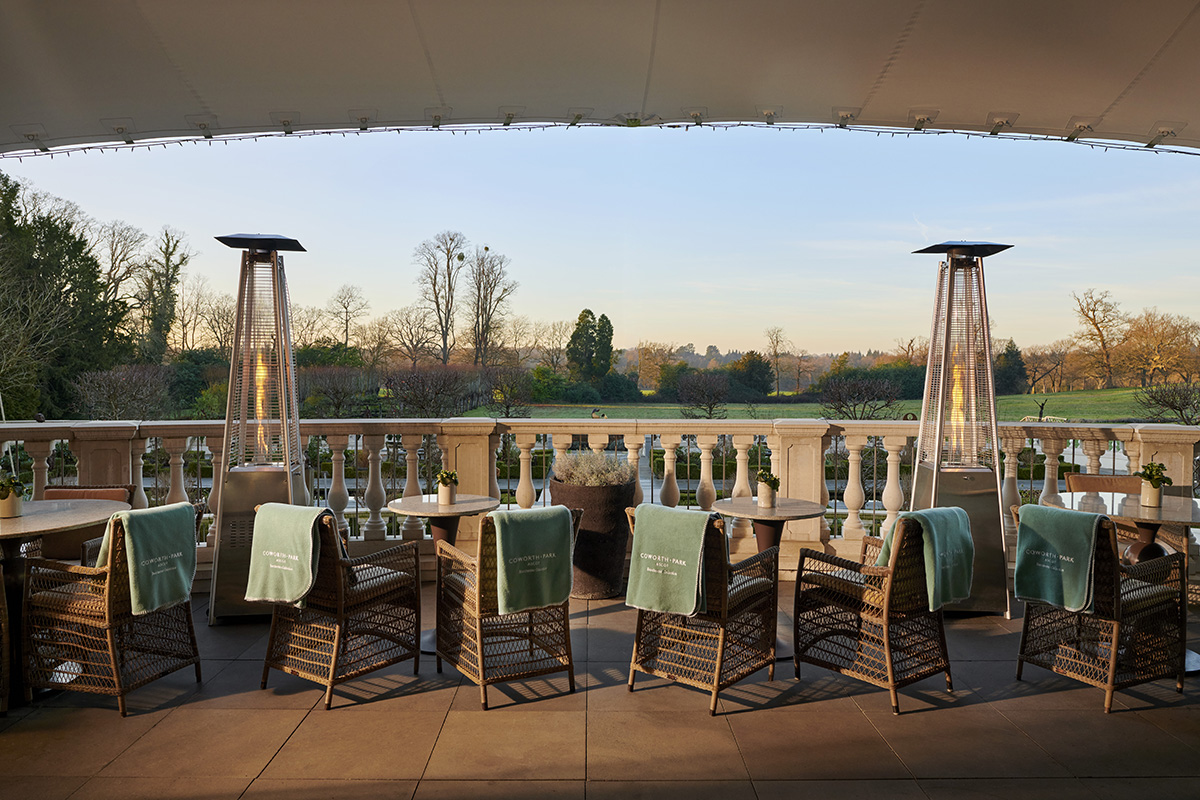
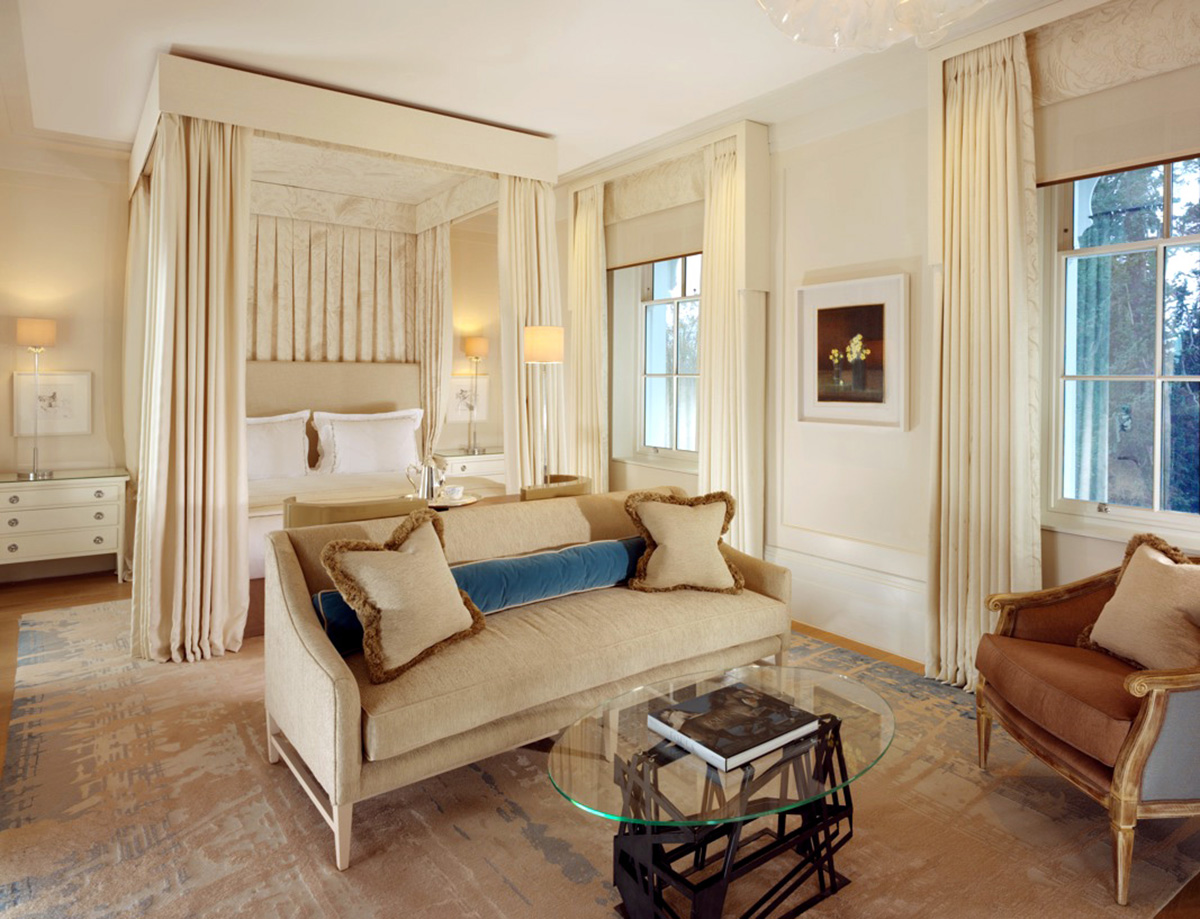
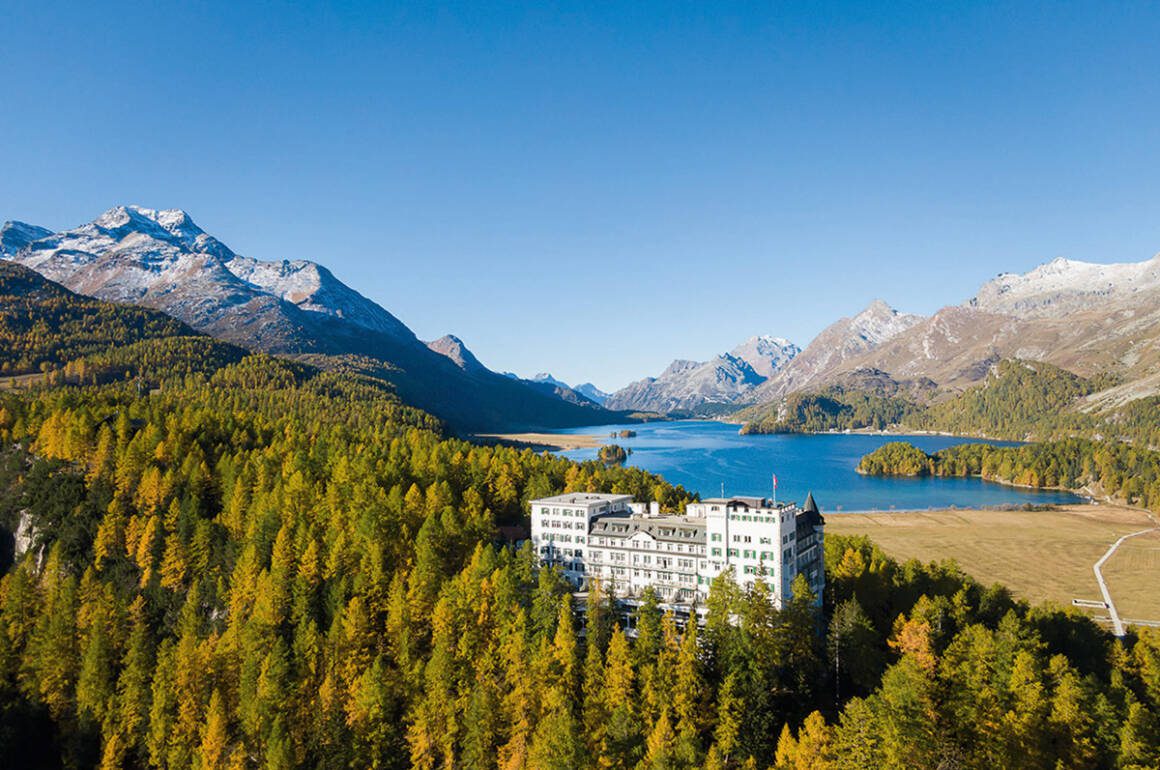
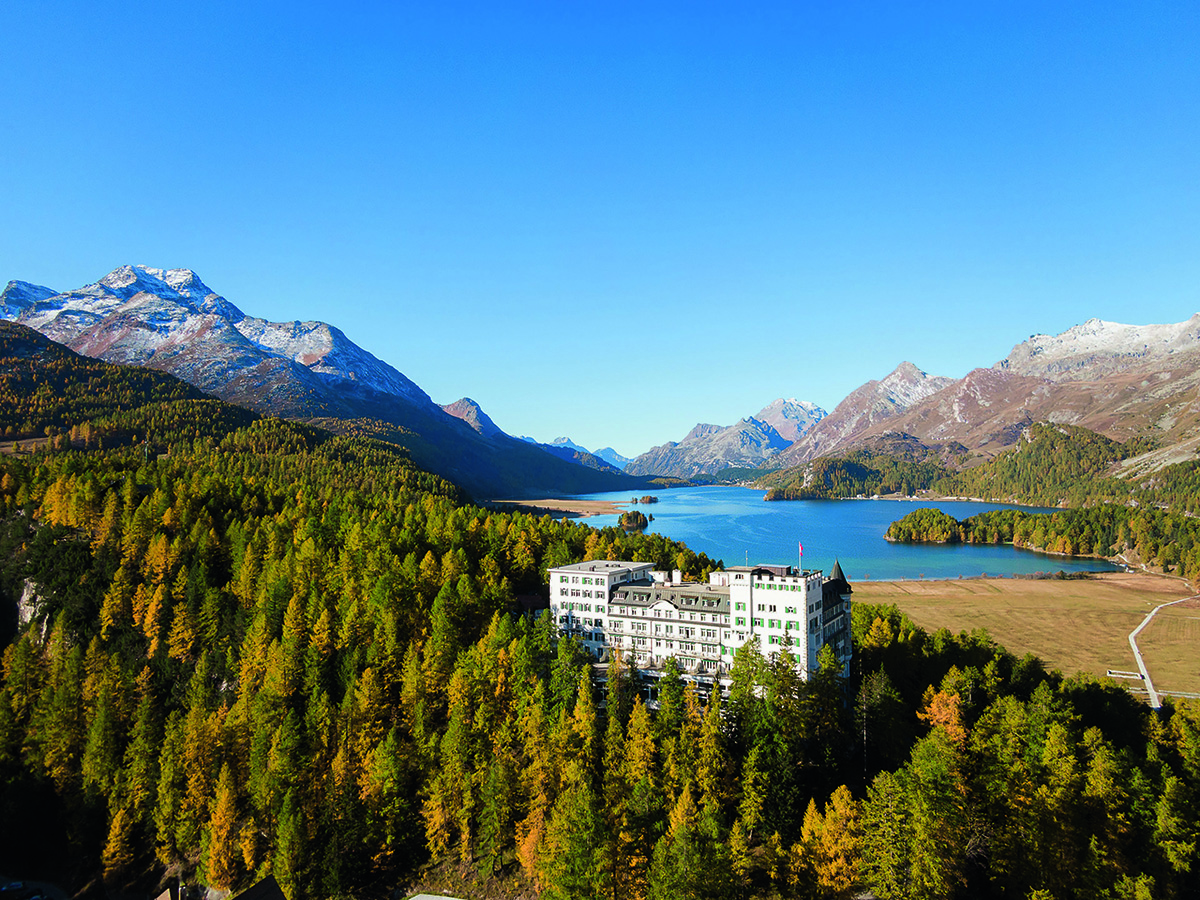
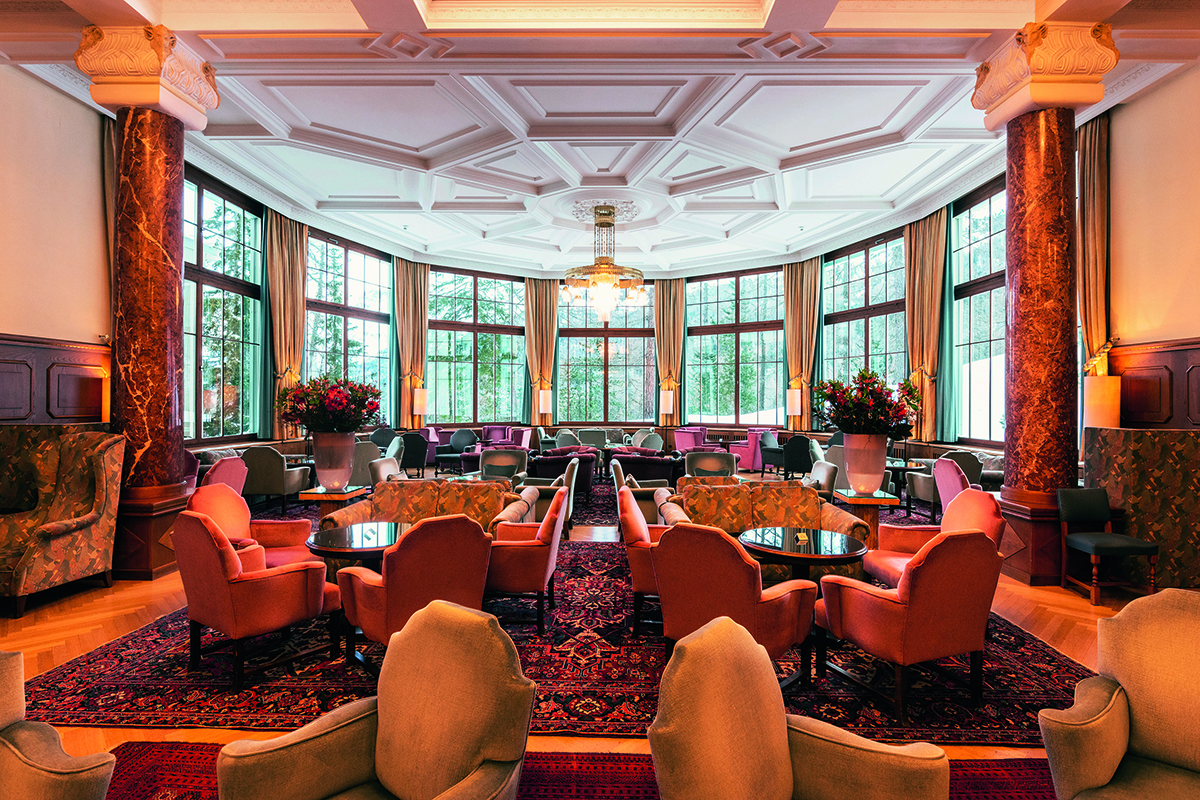
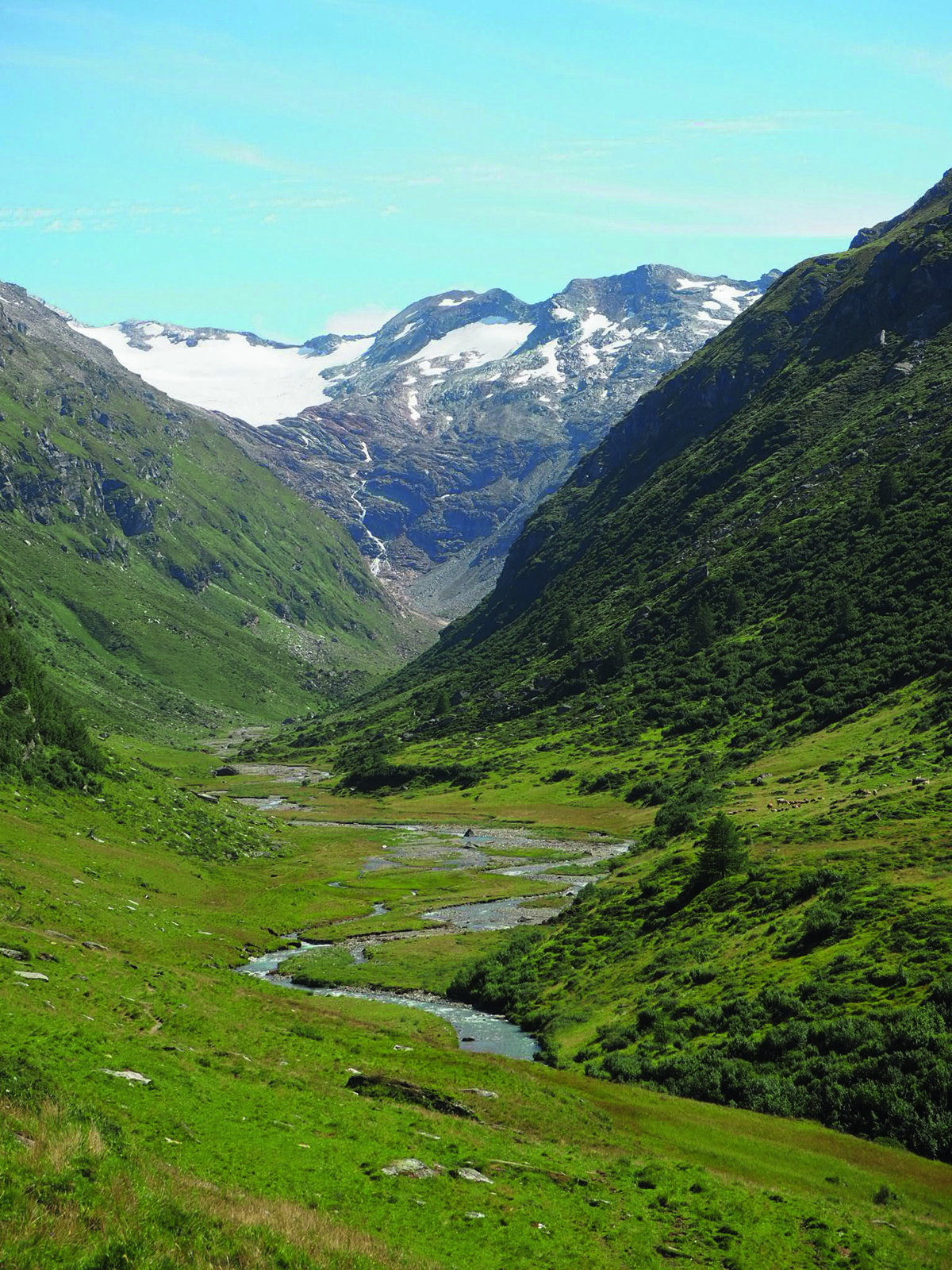
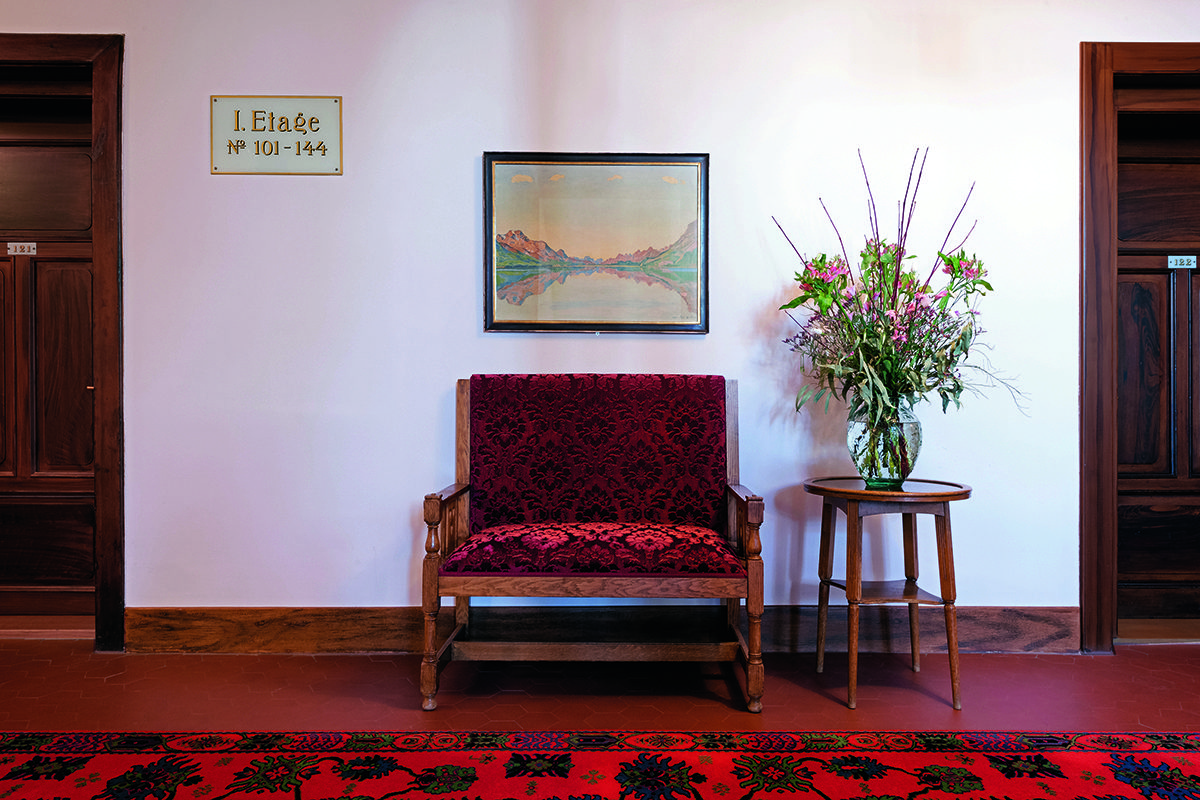





Recent Comments